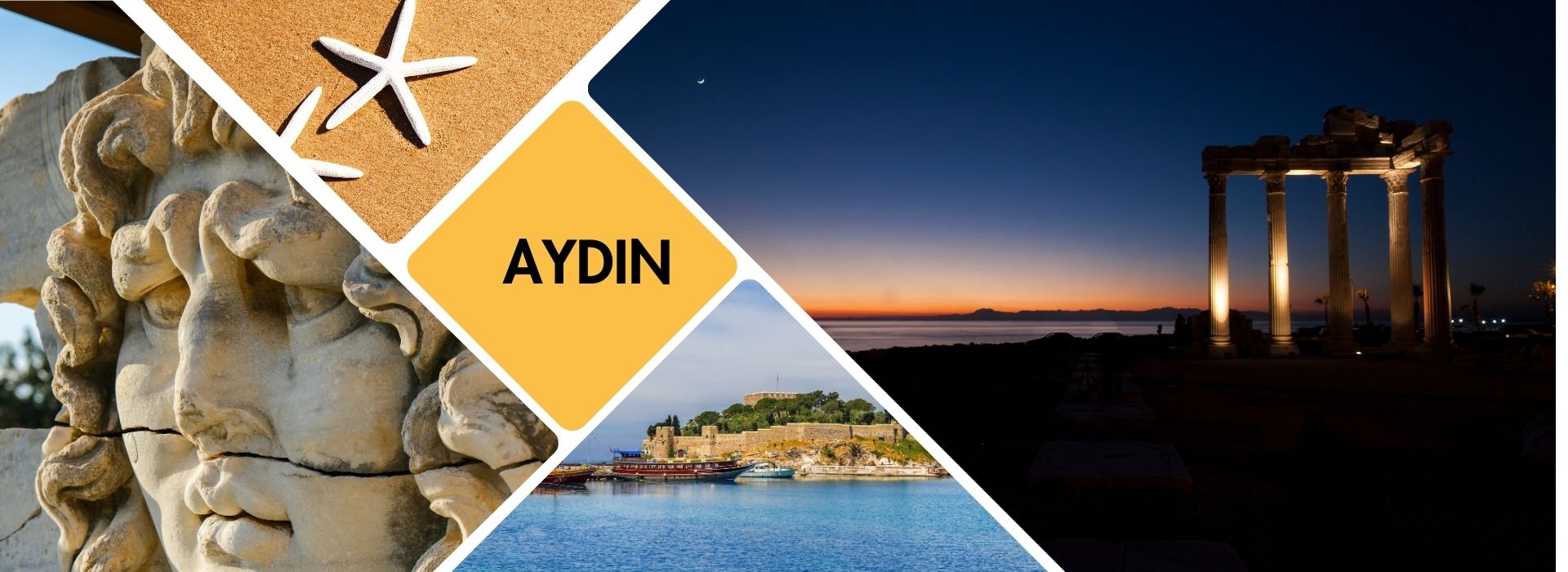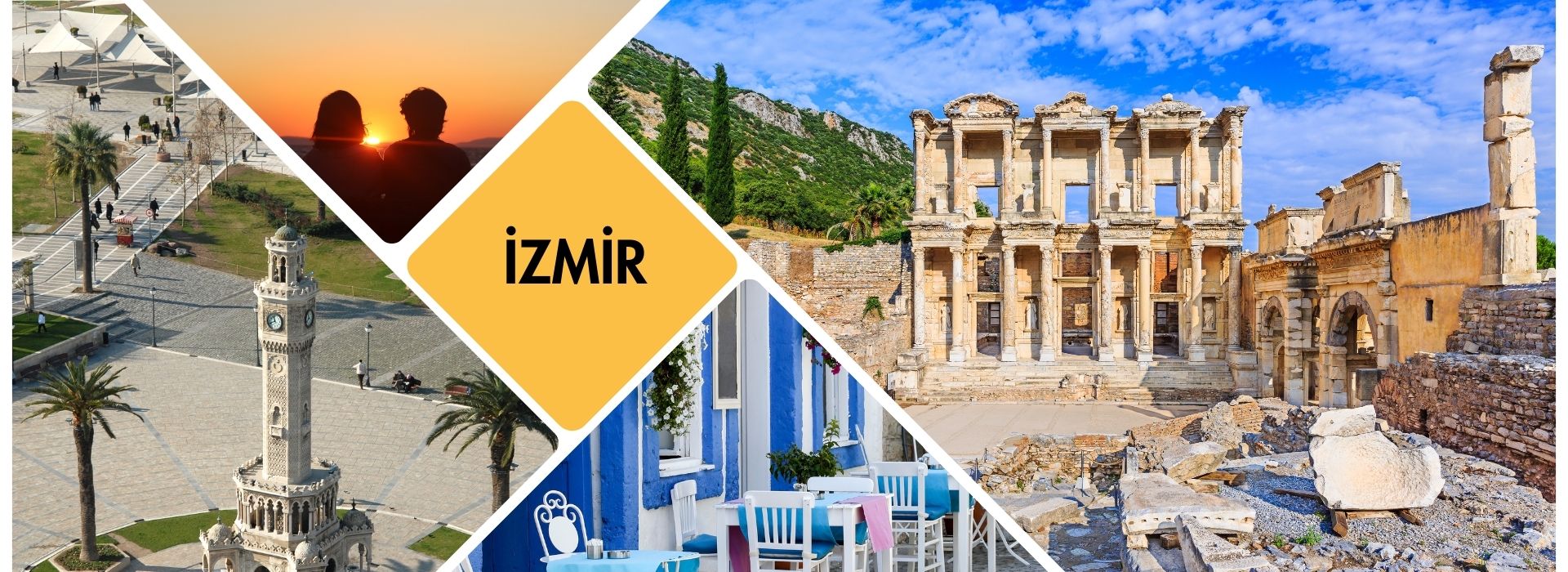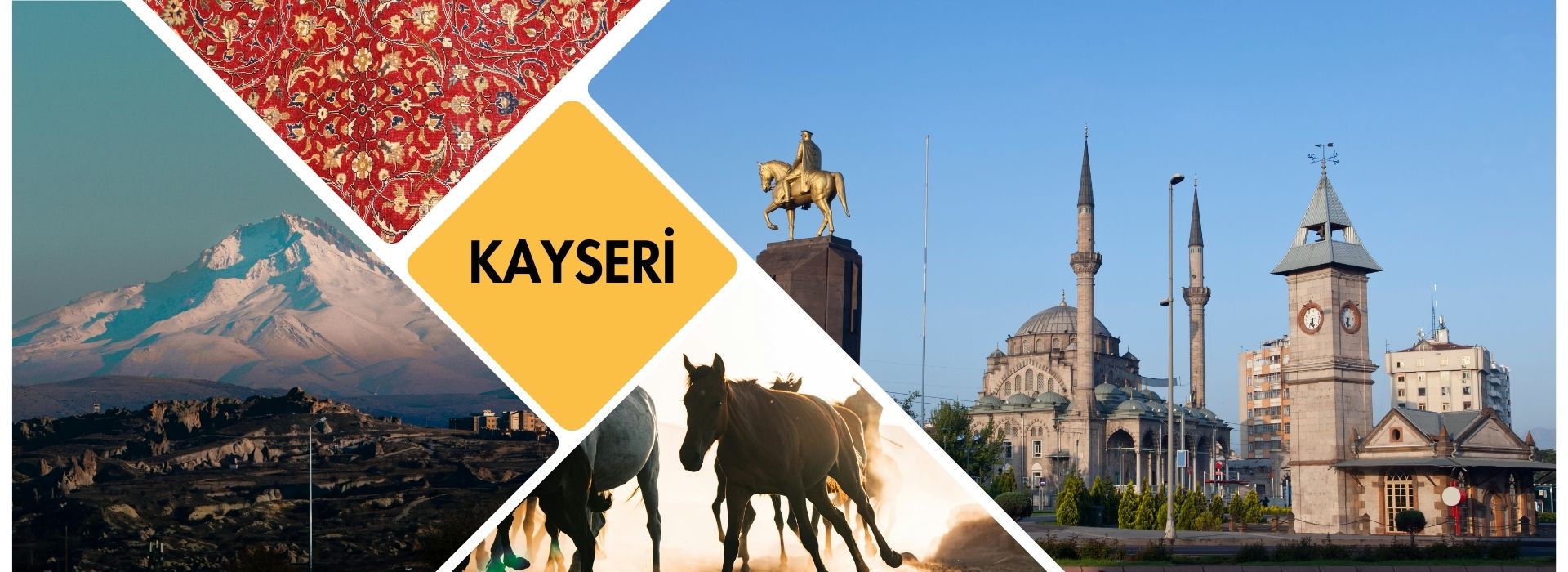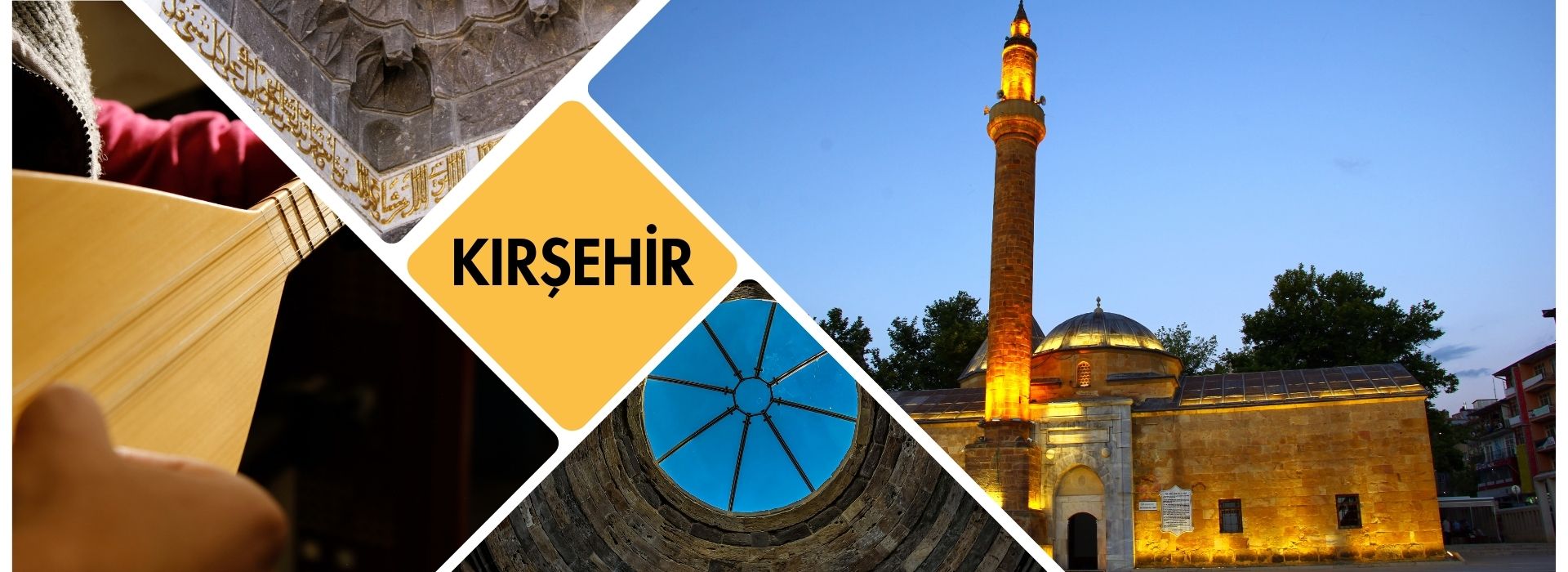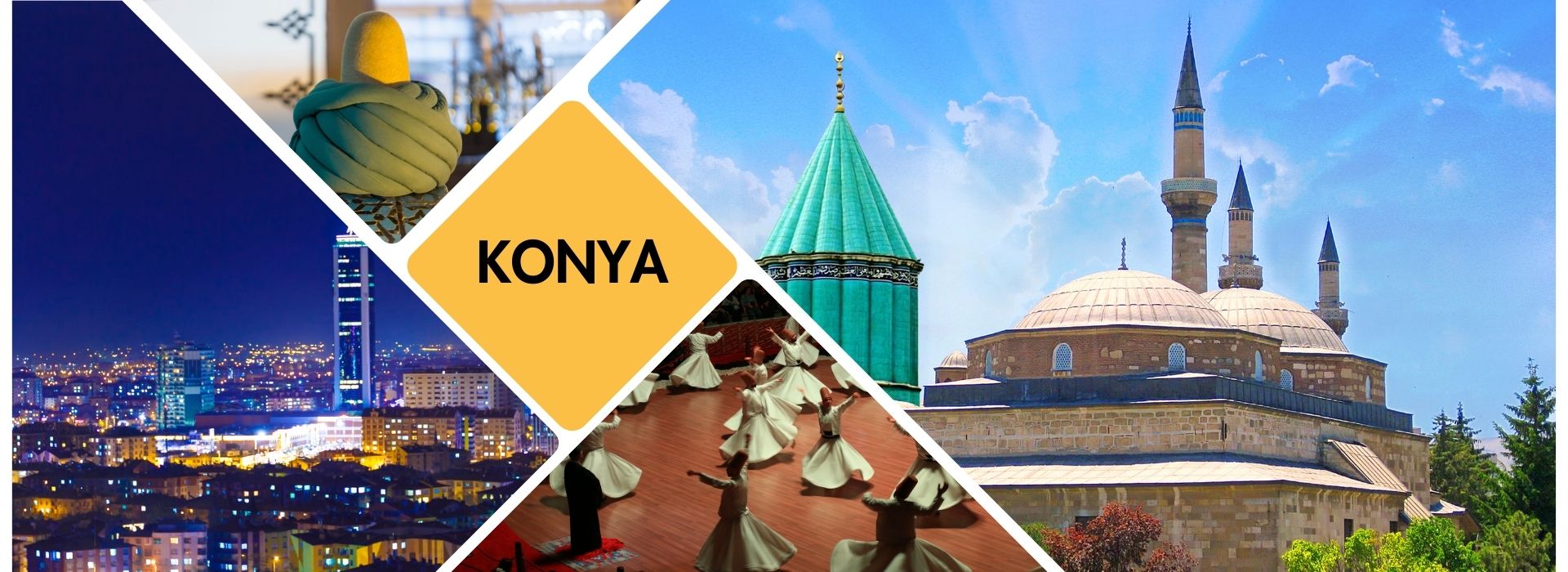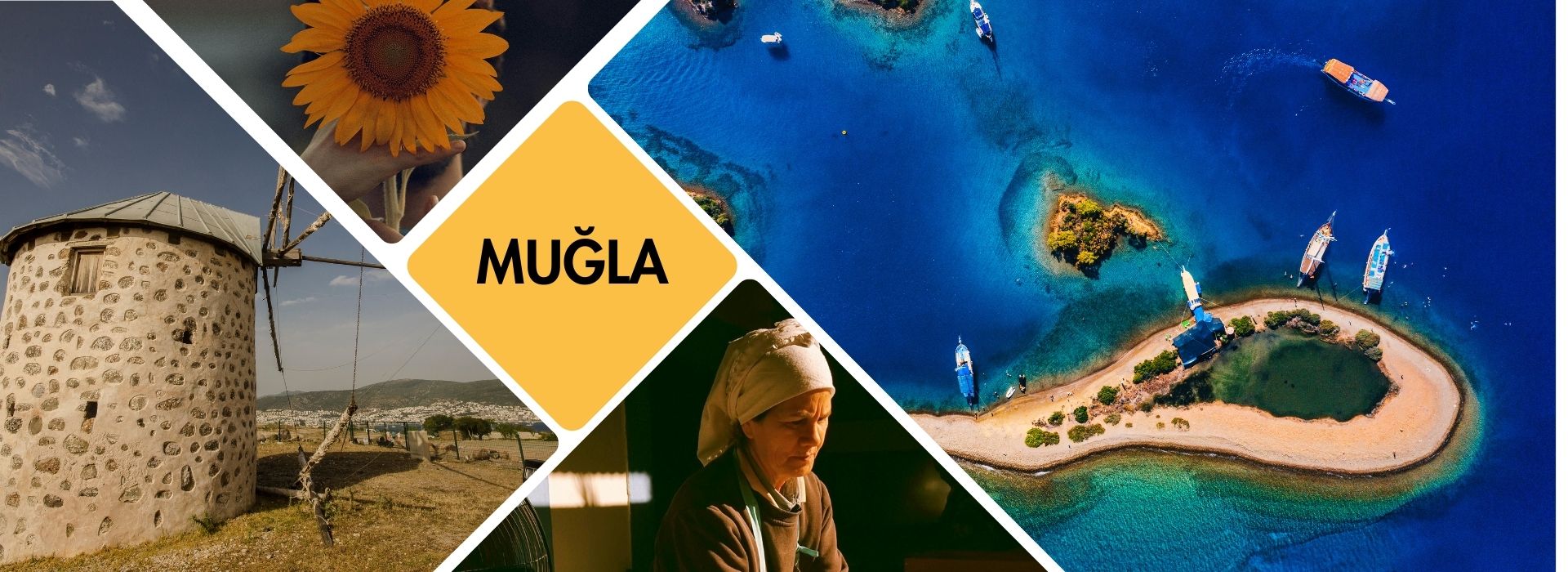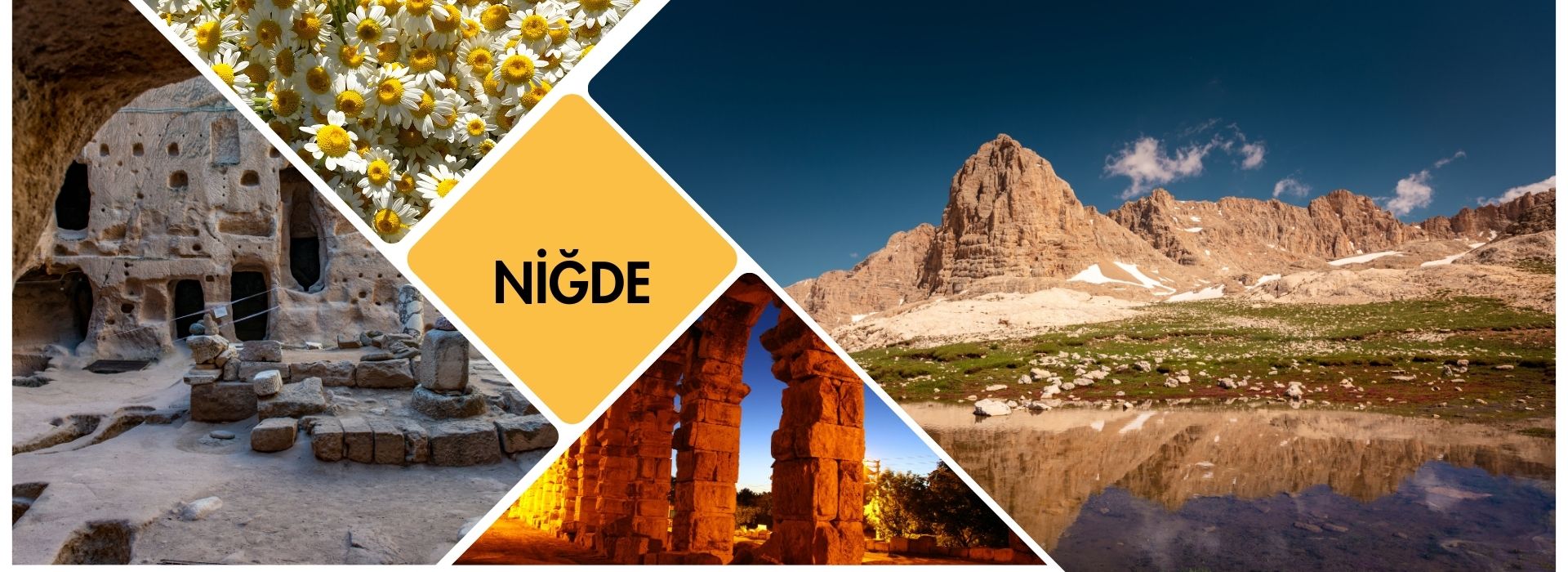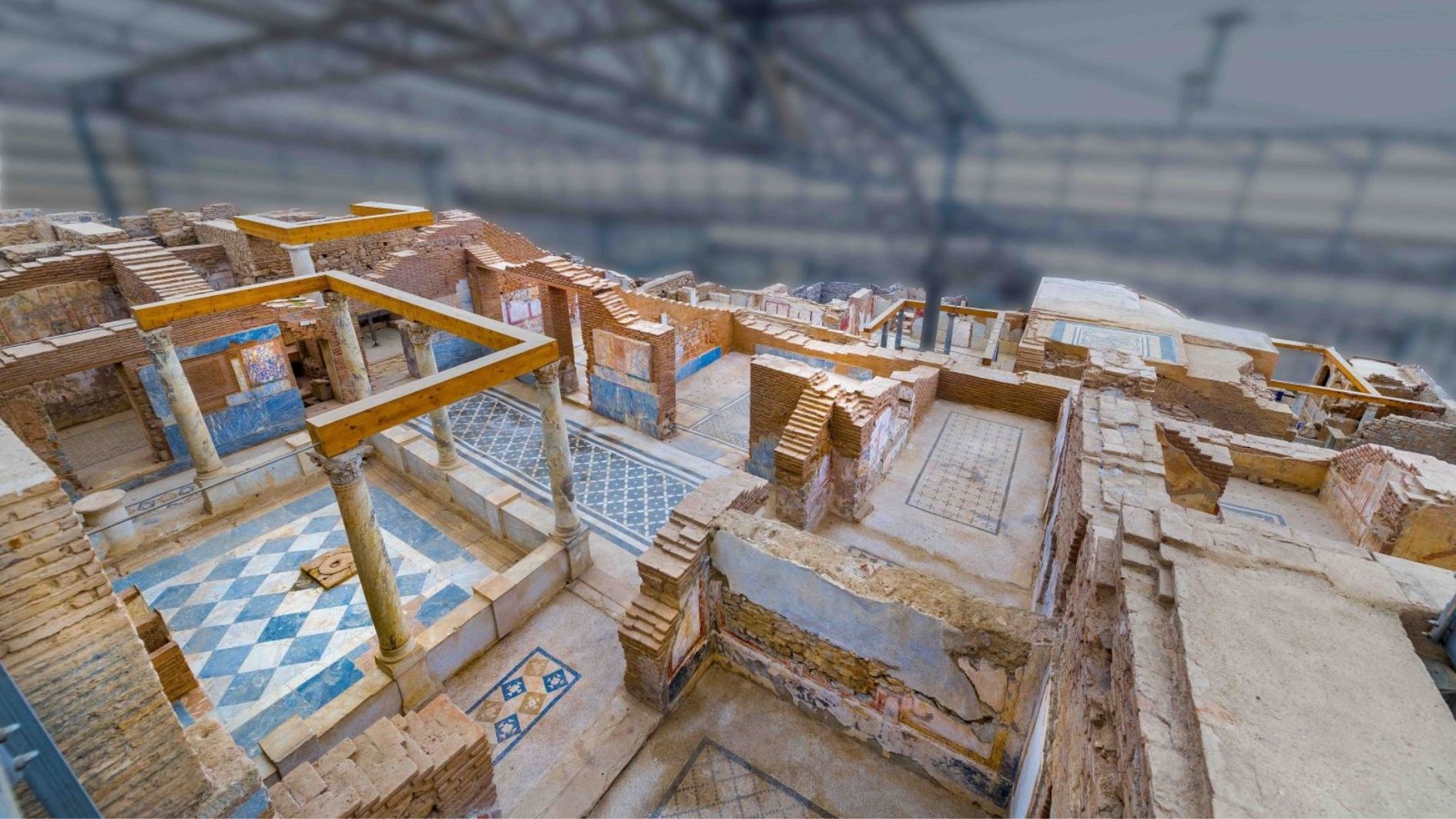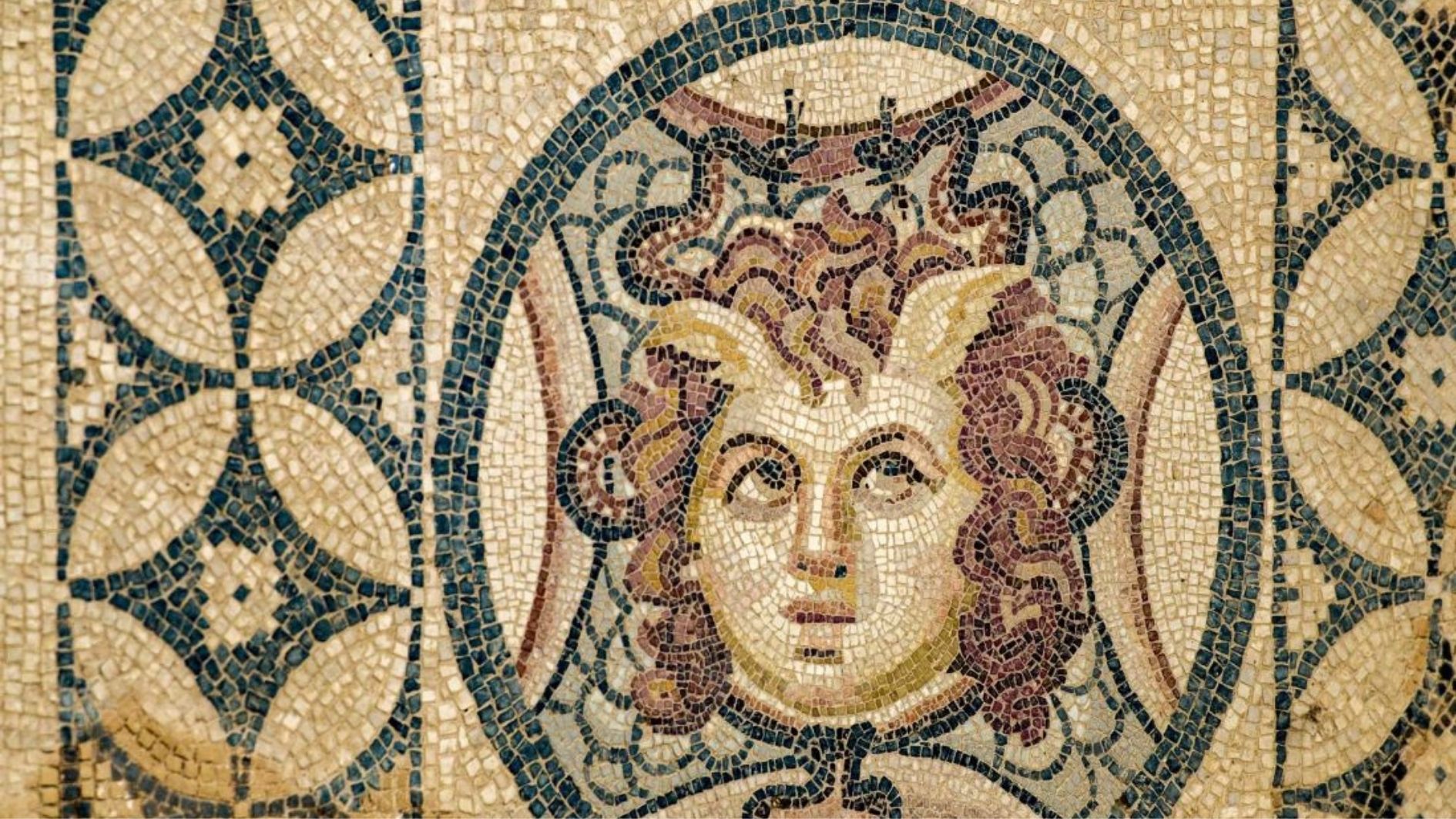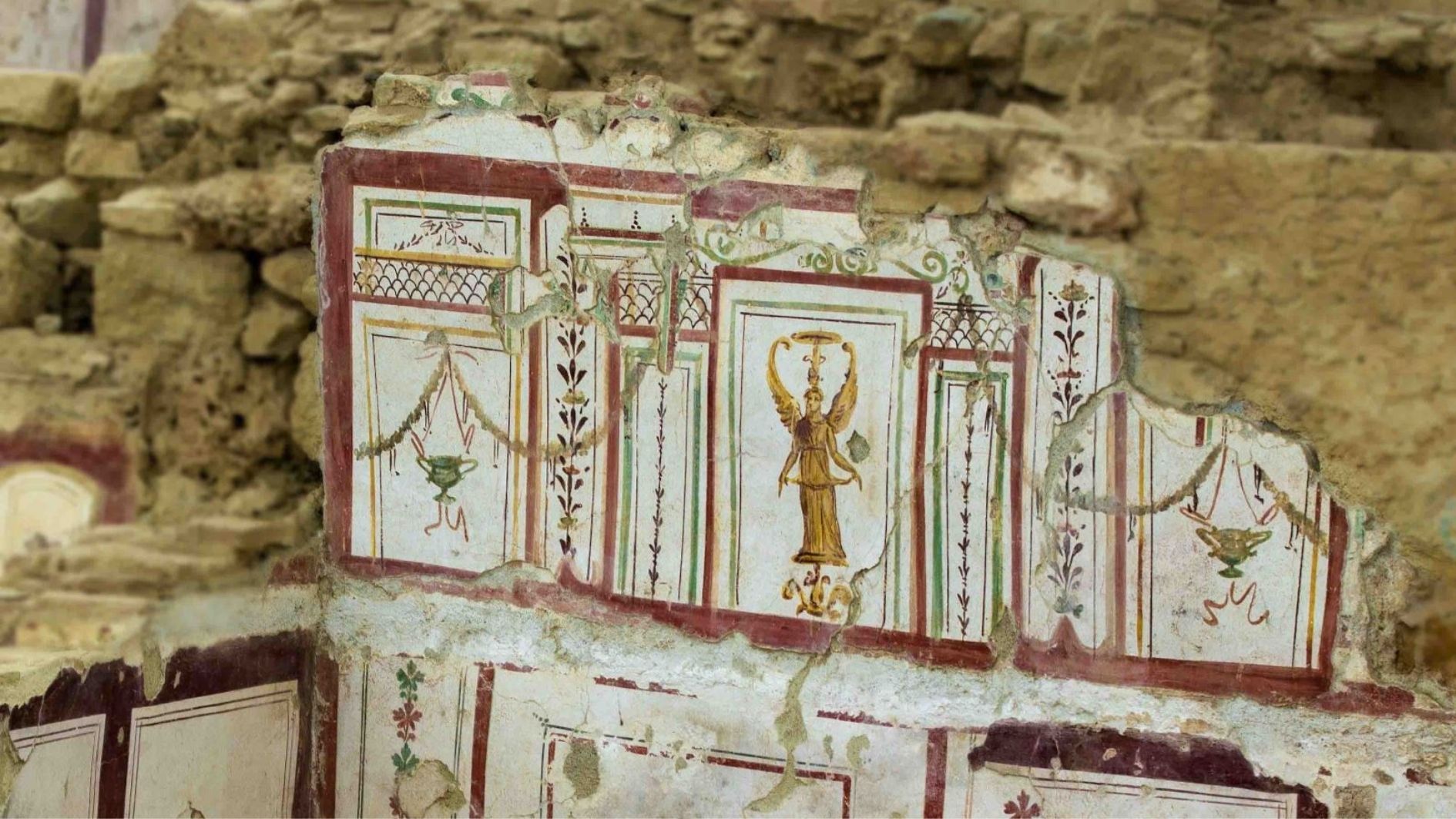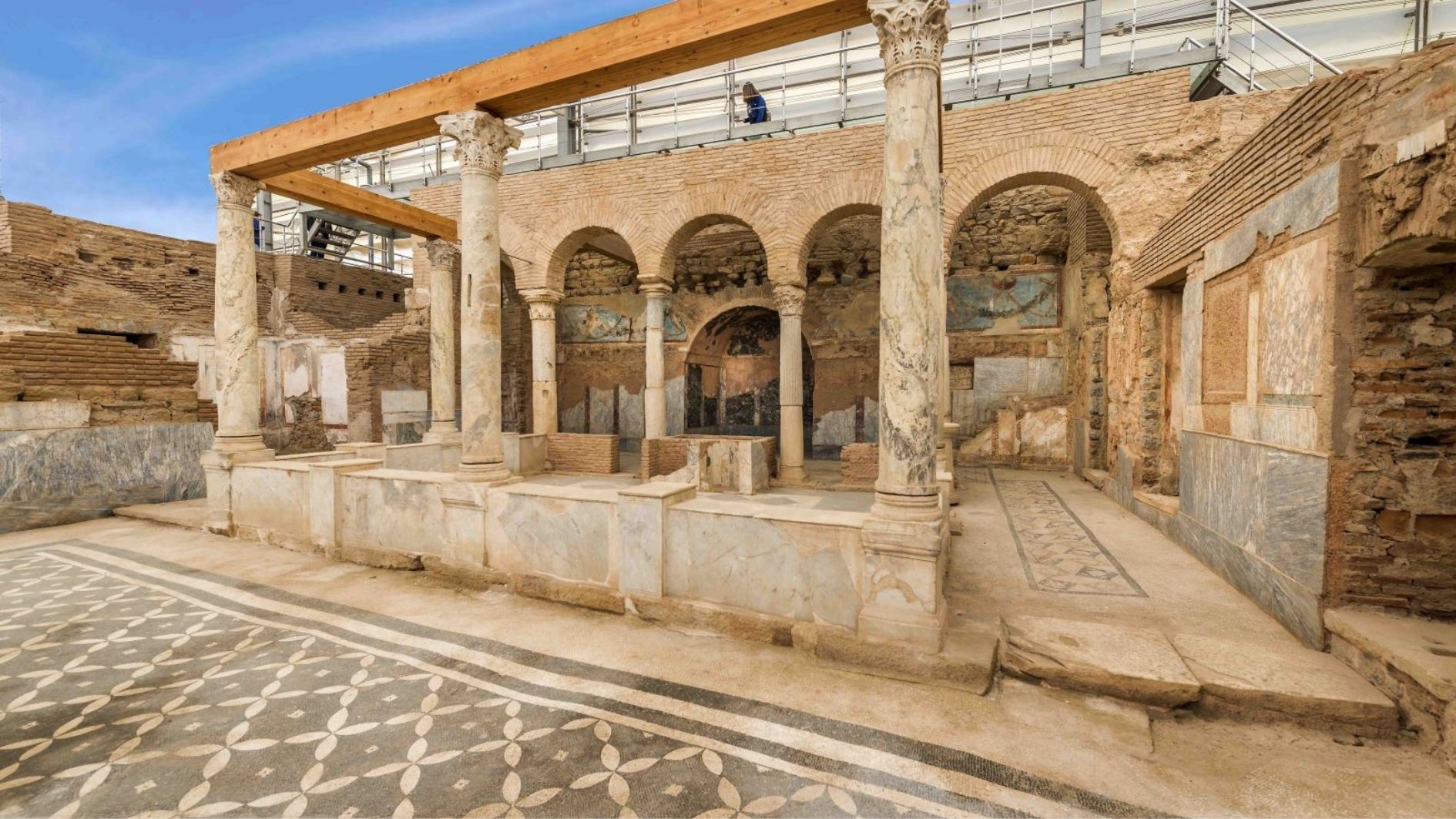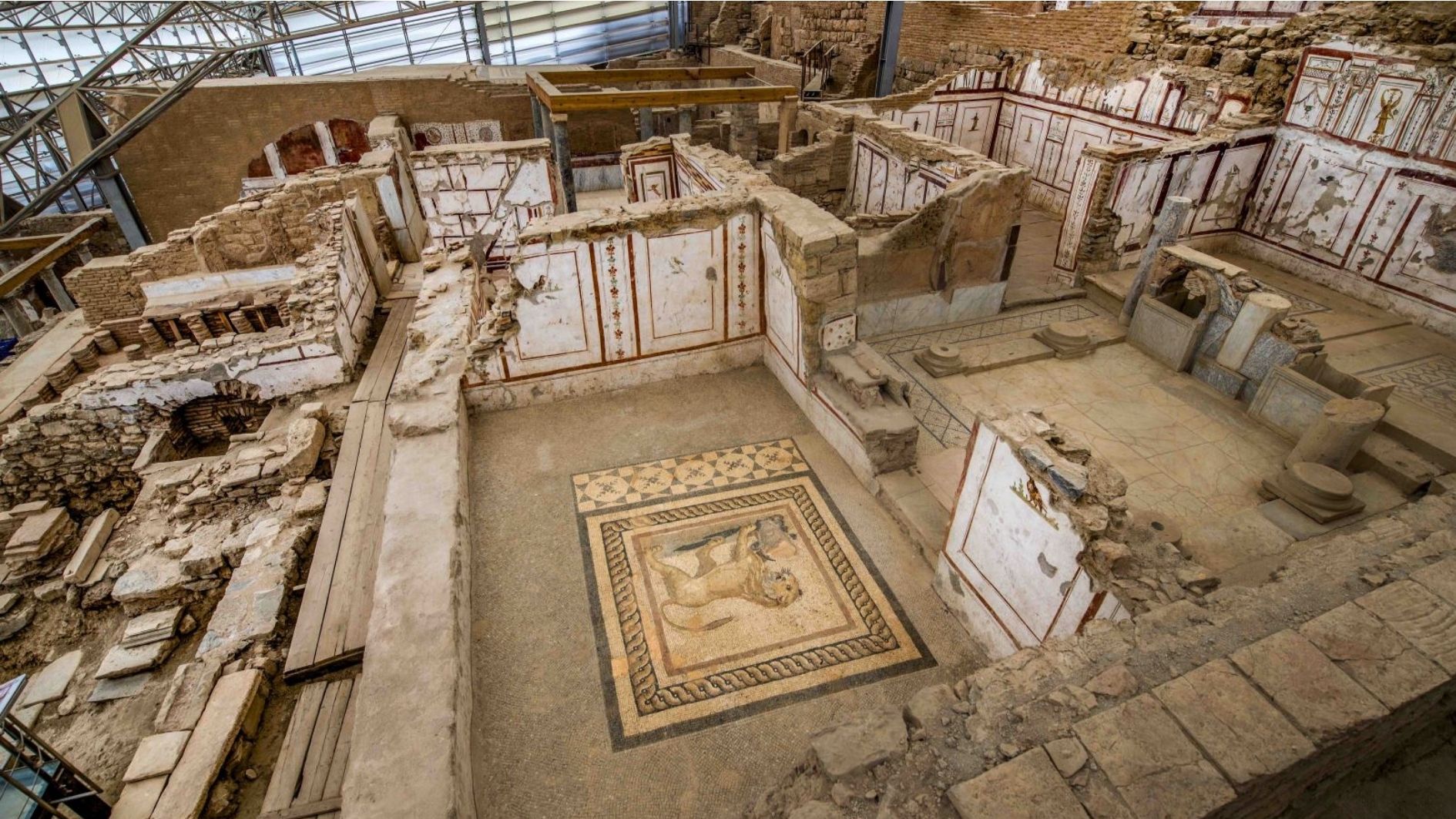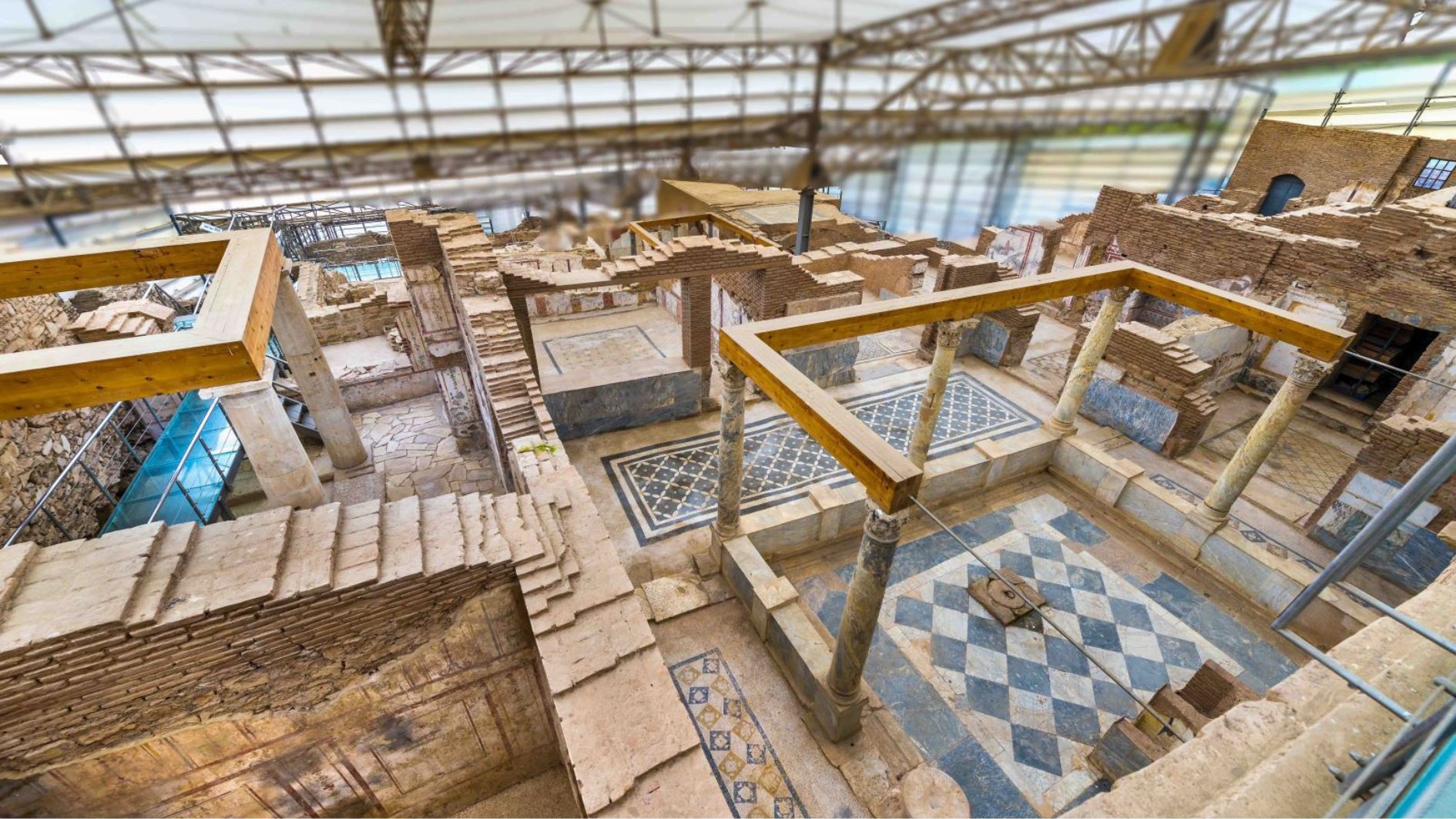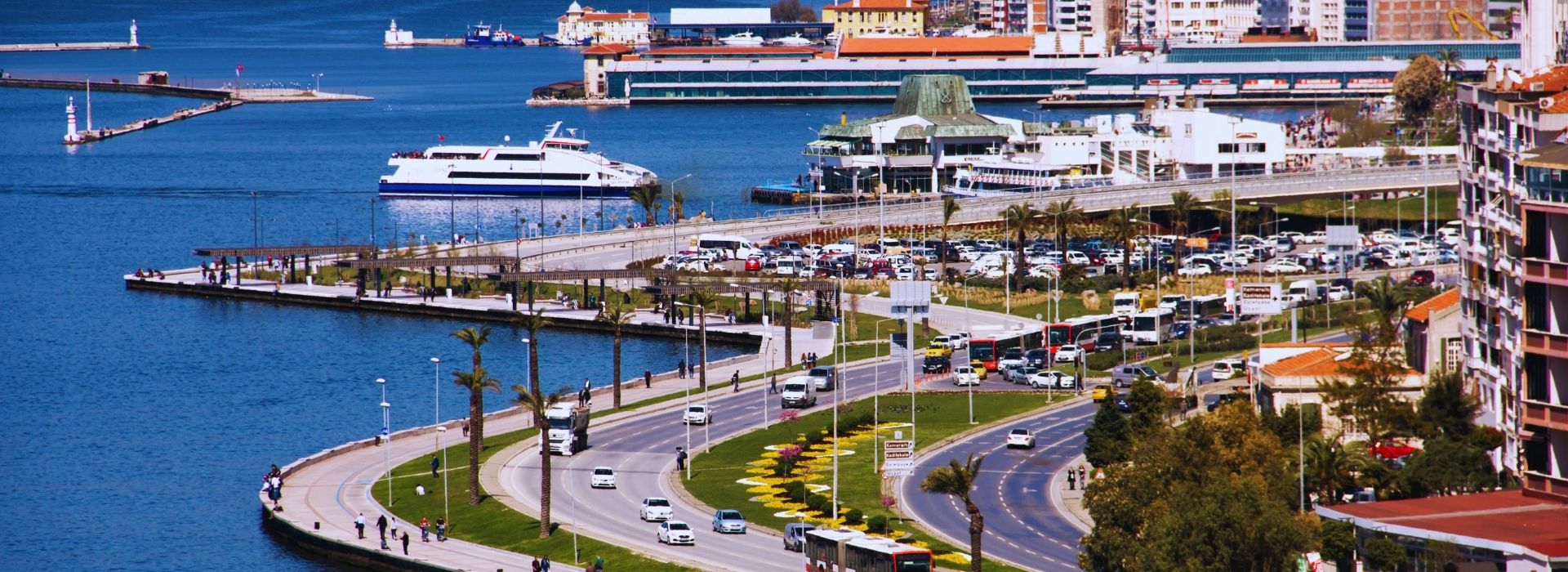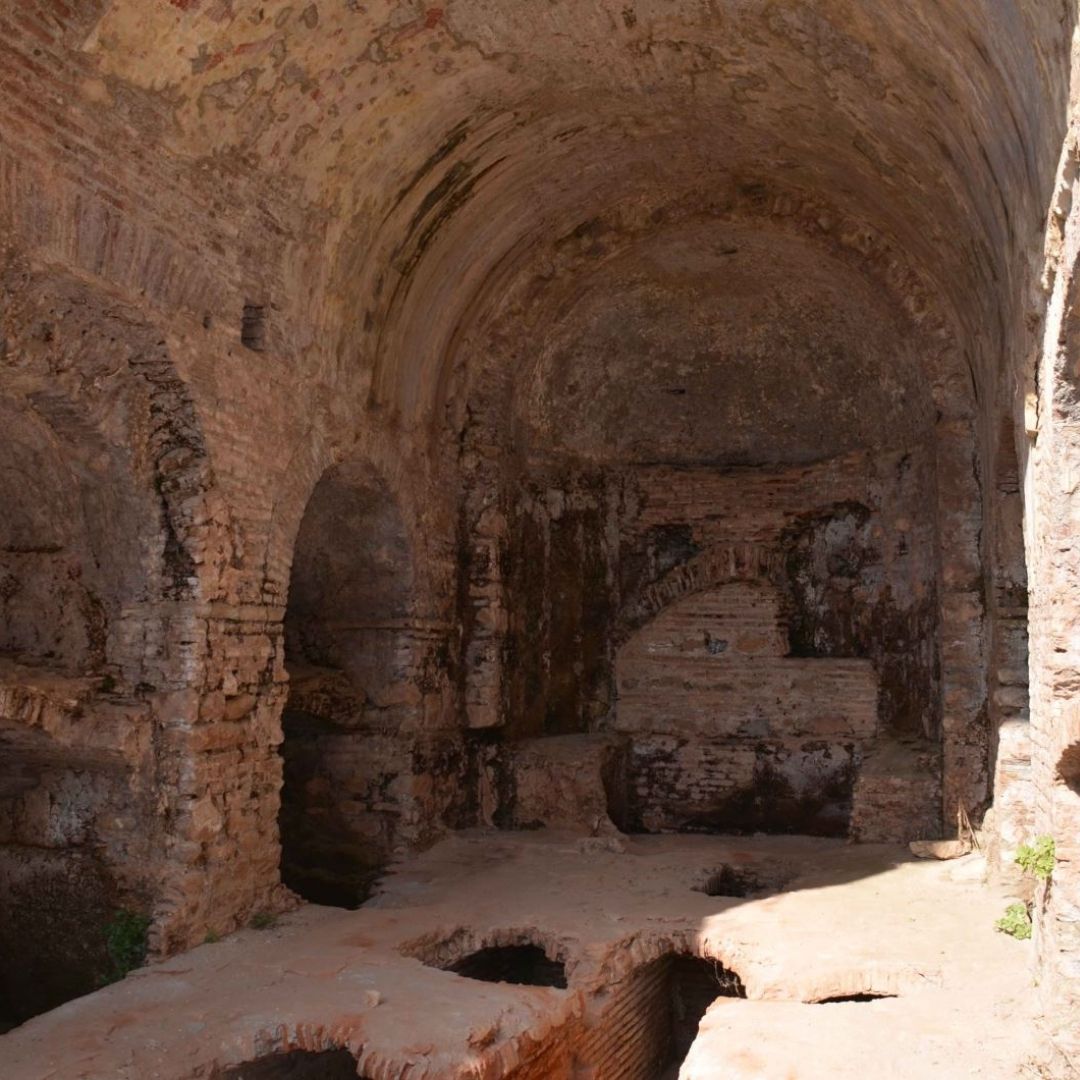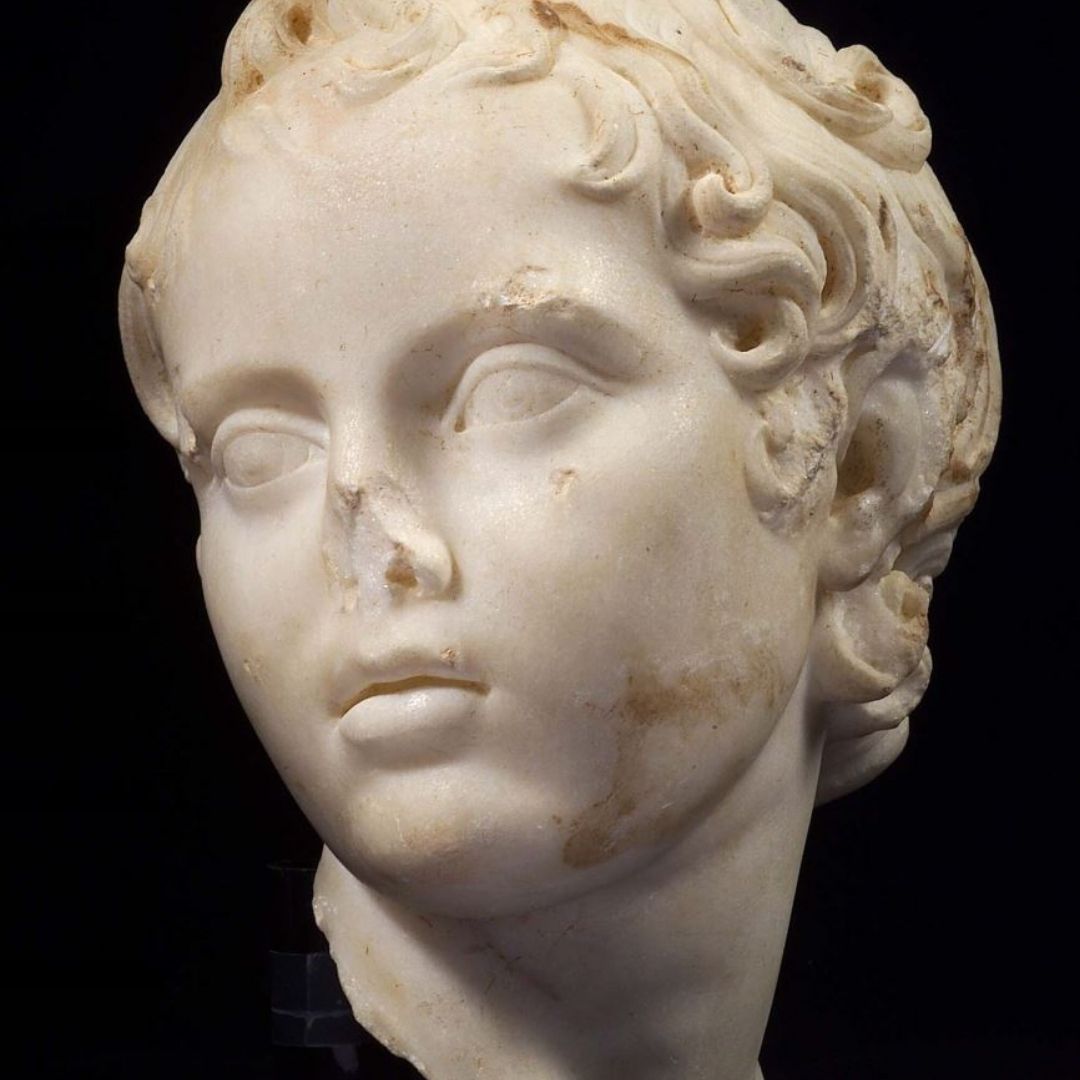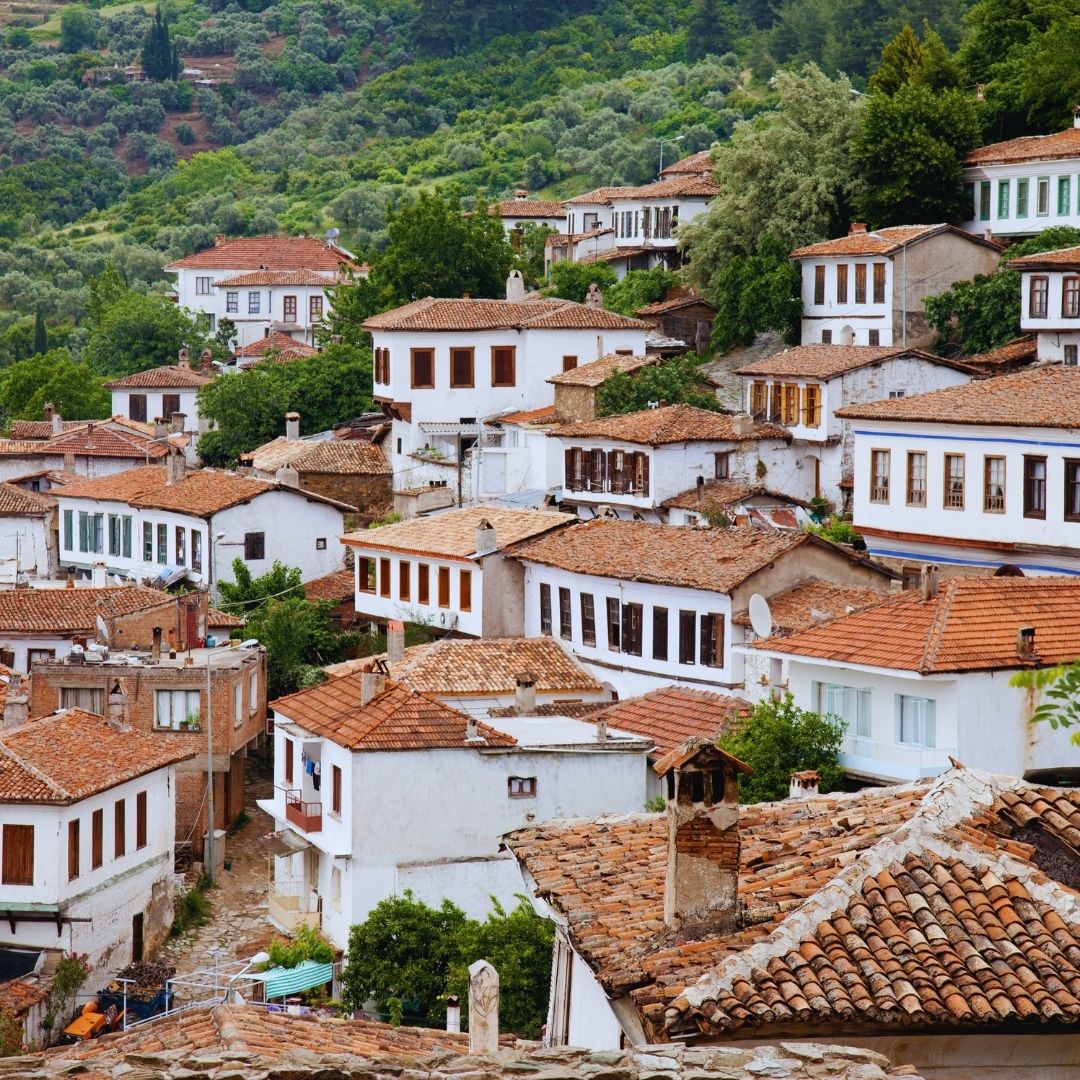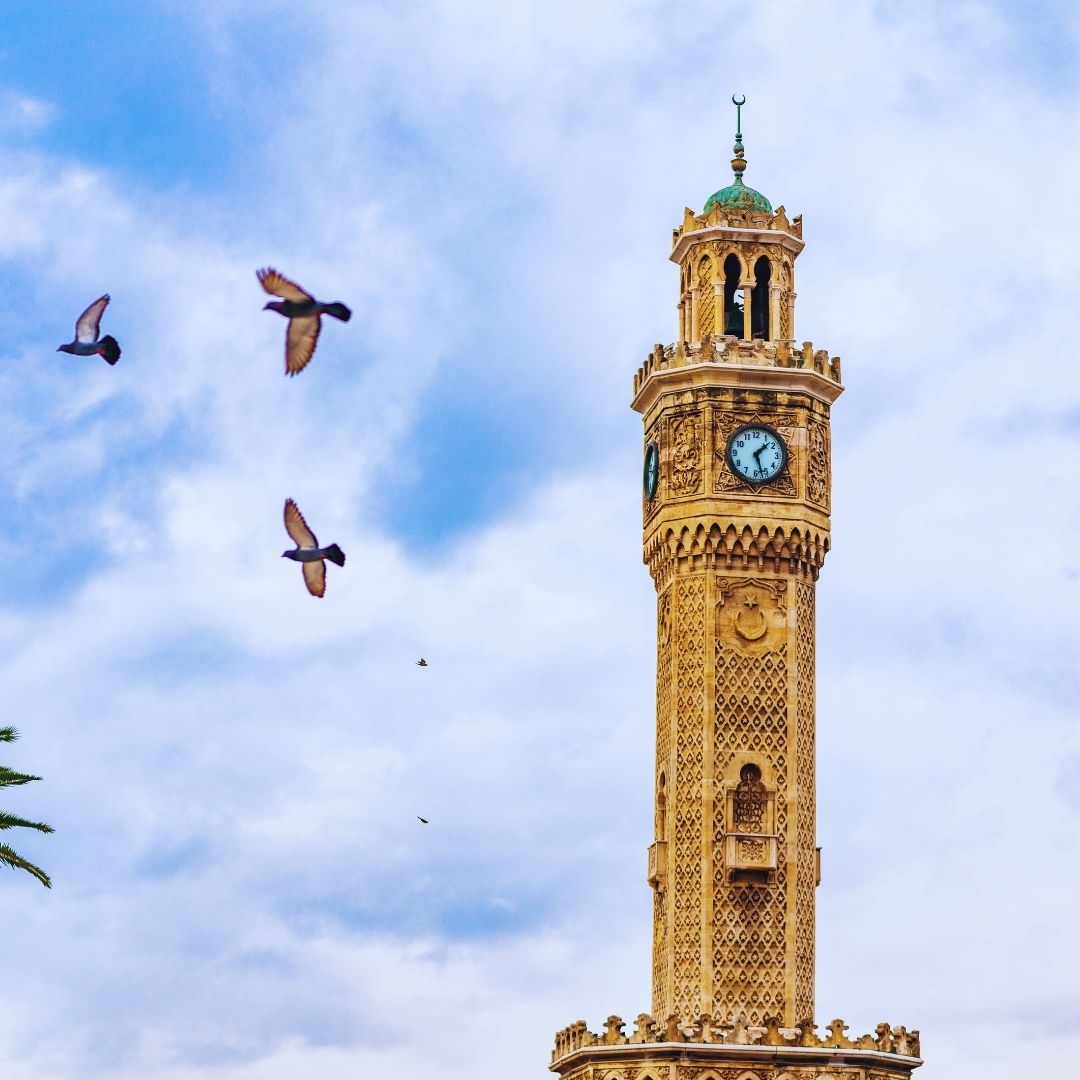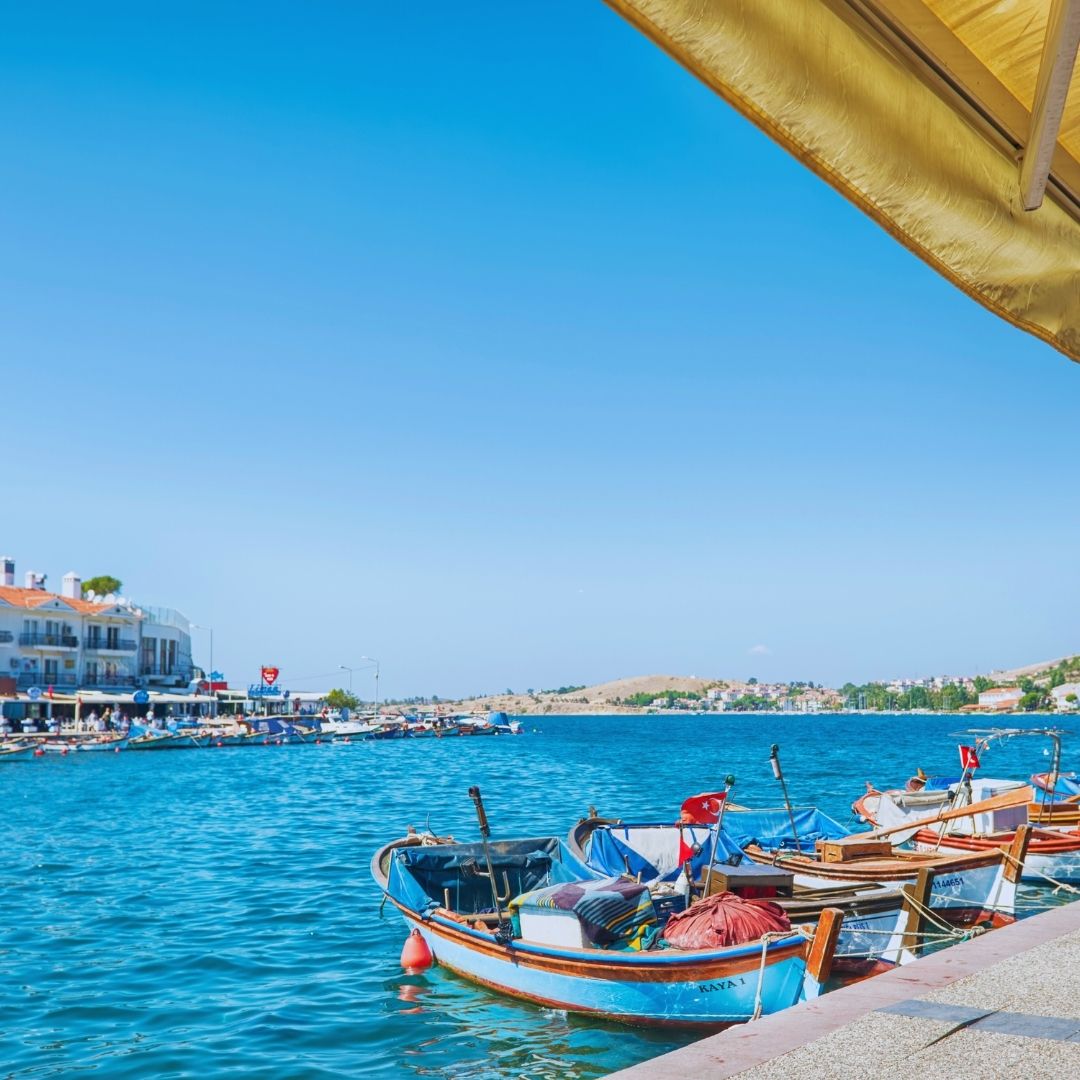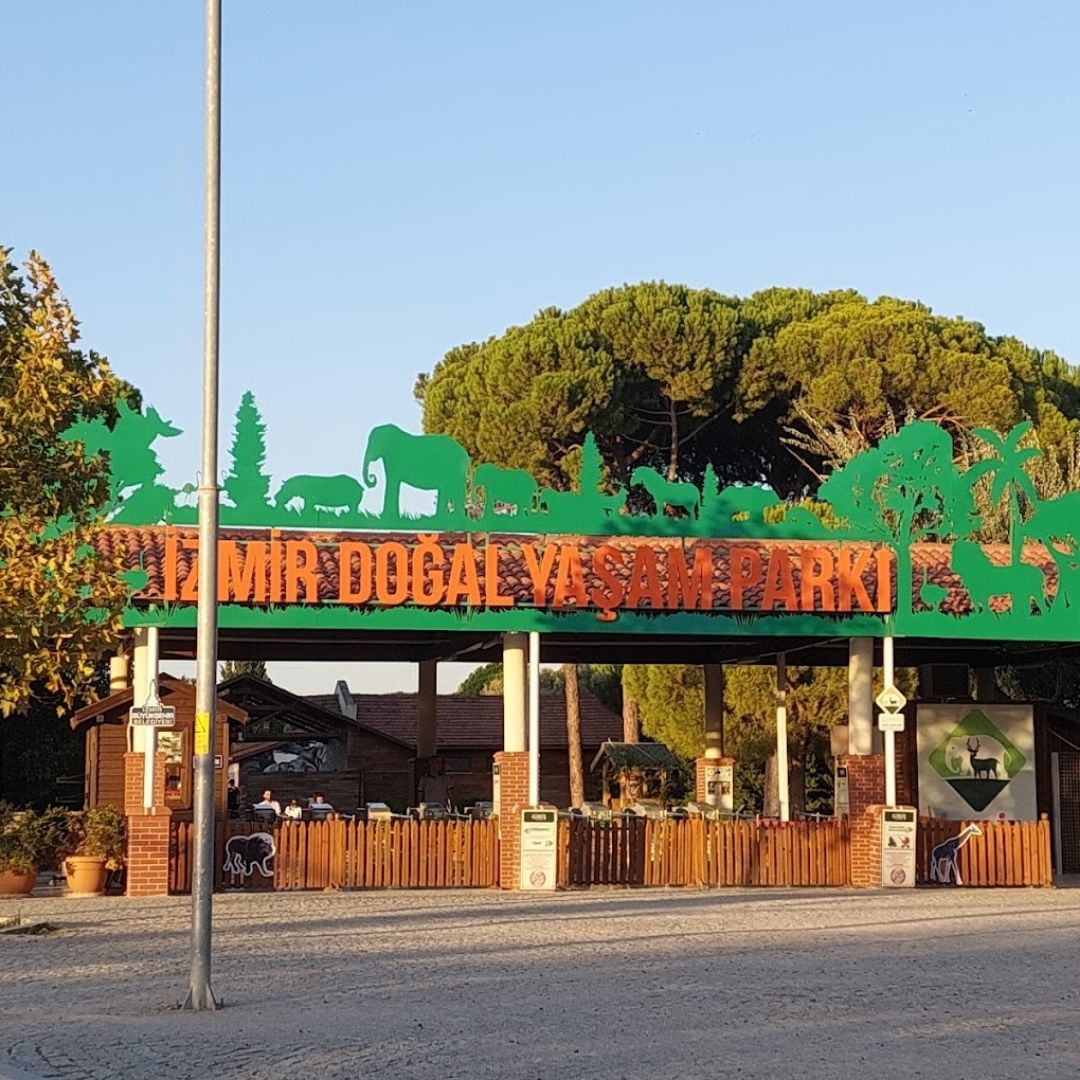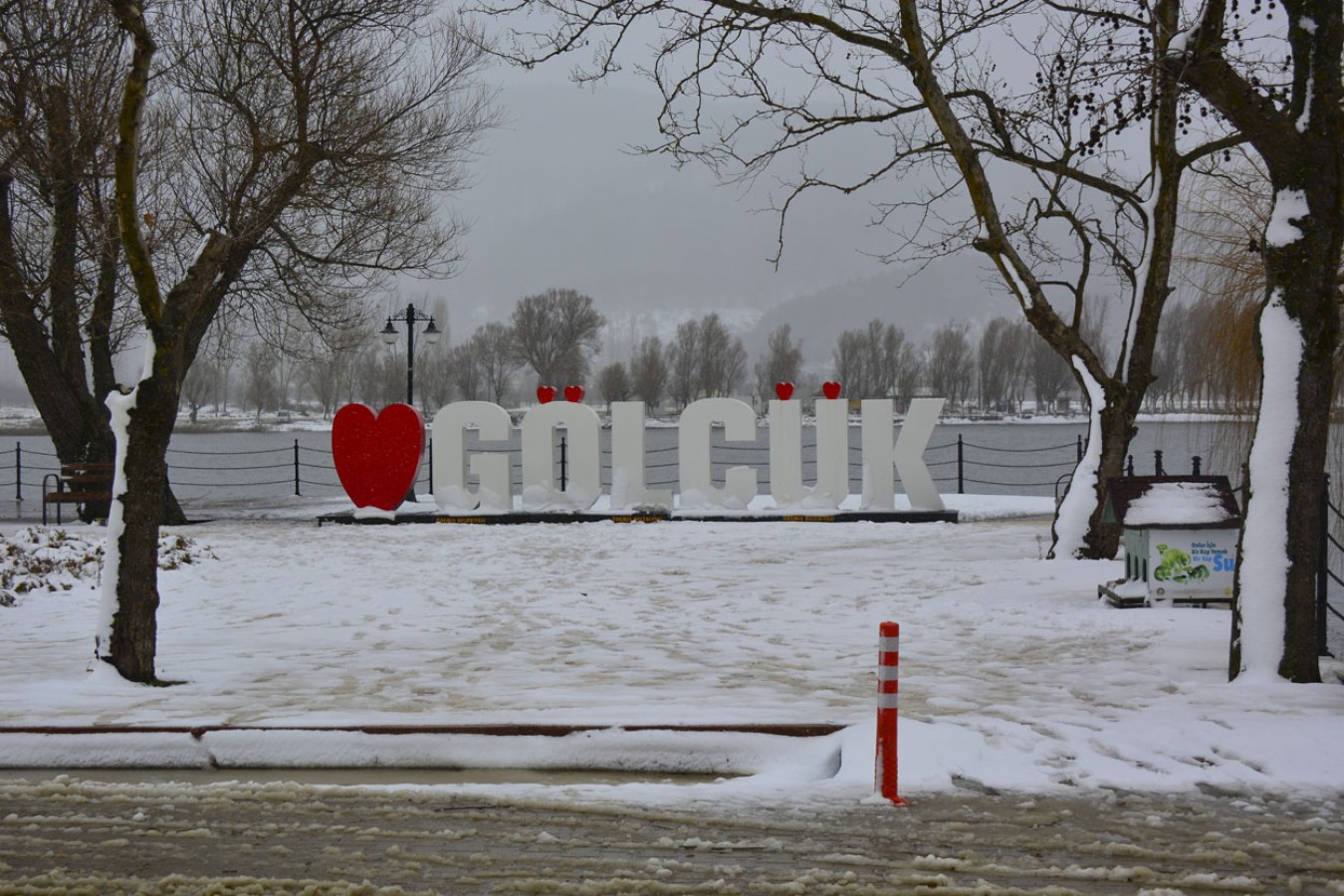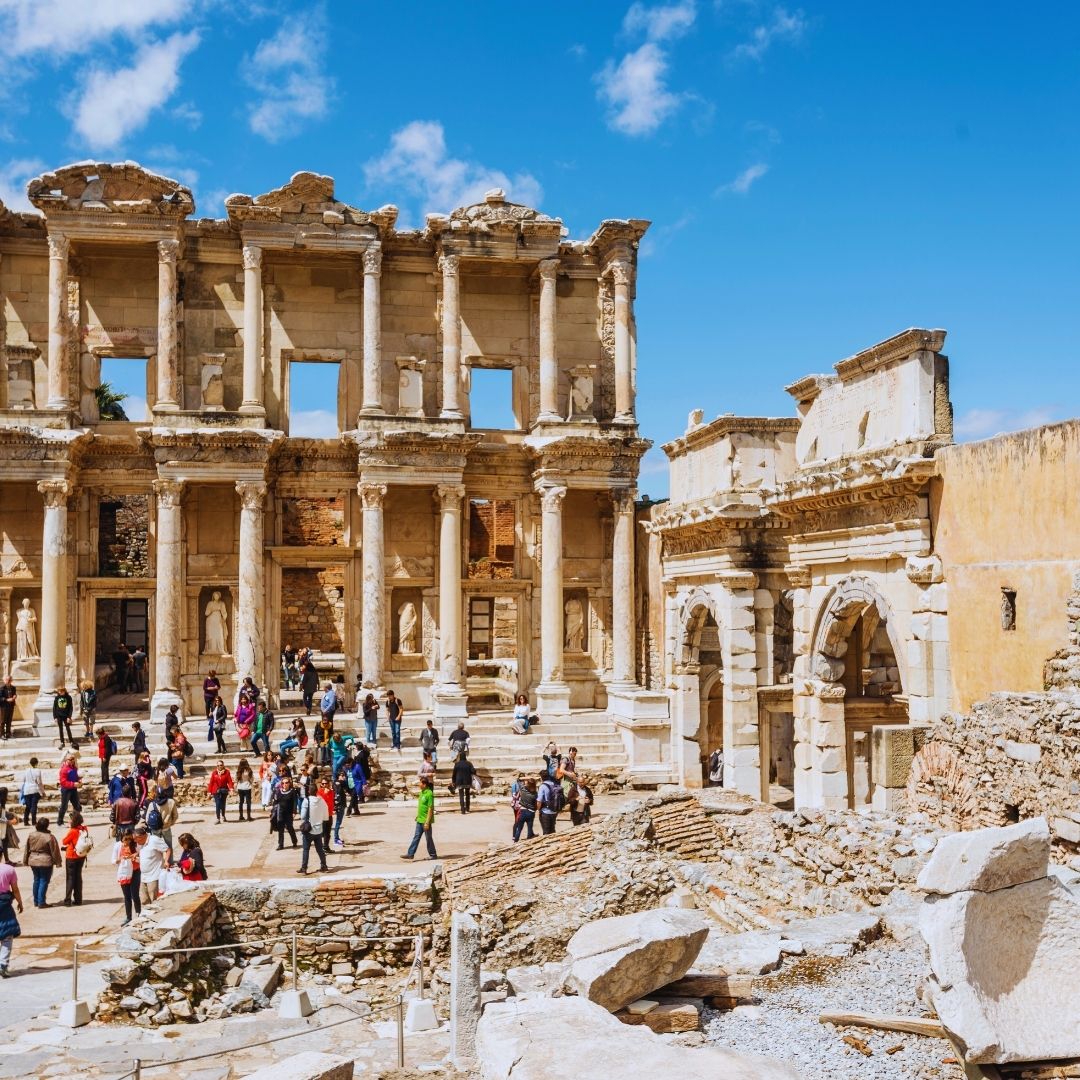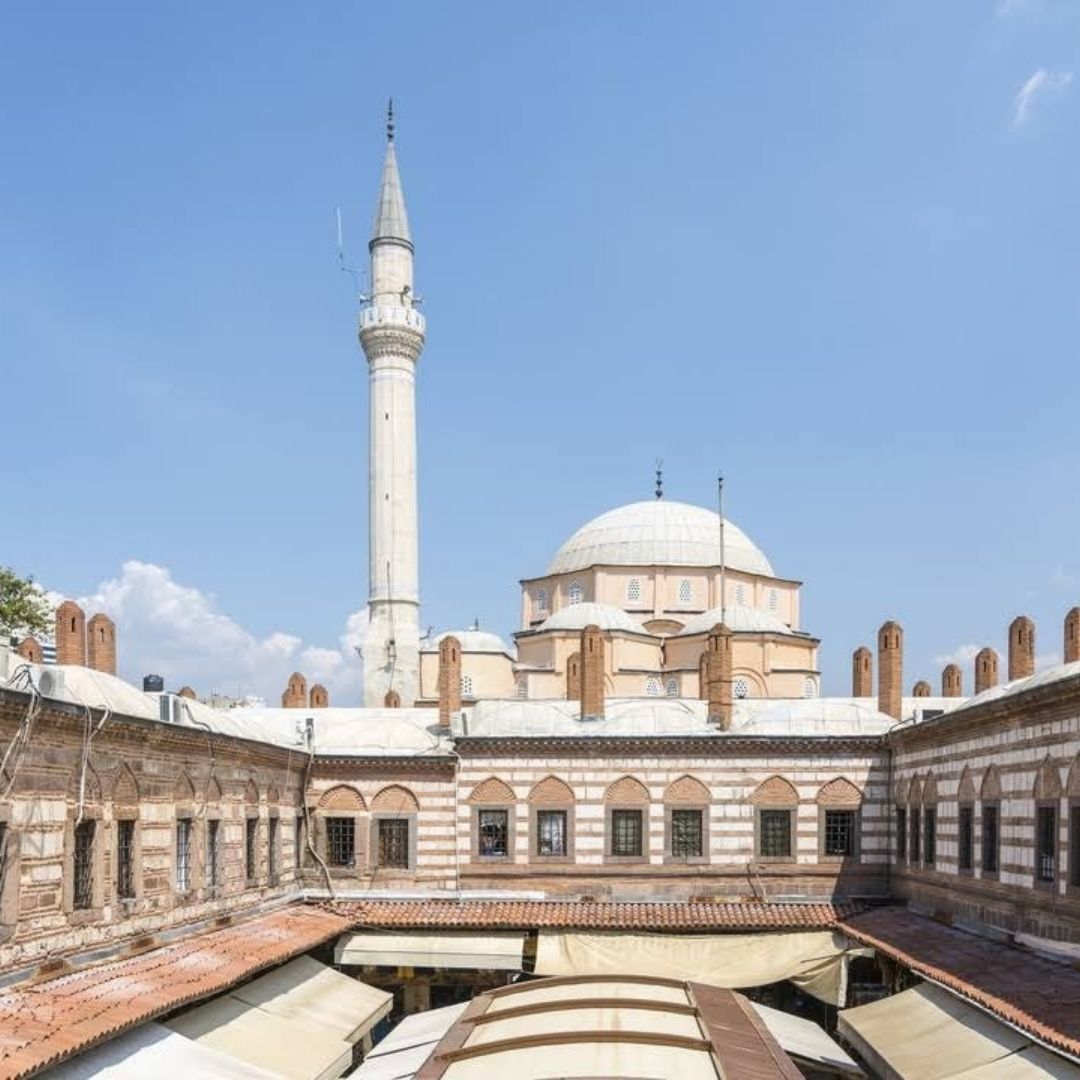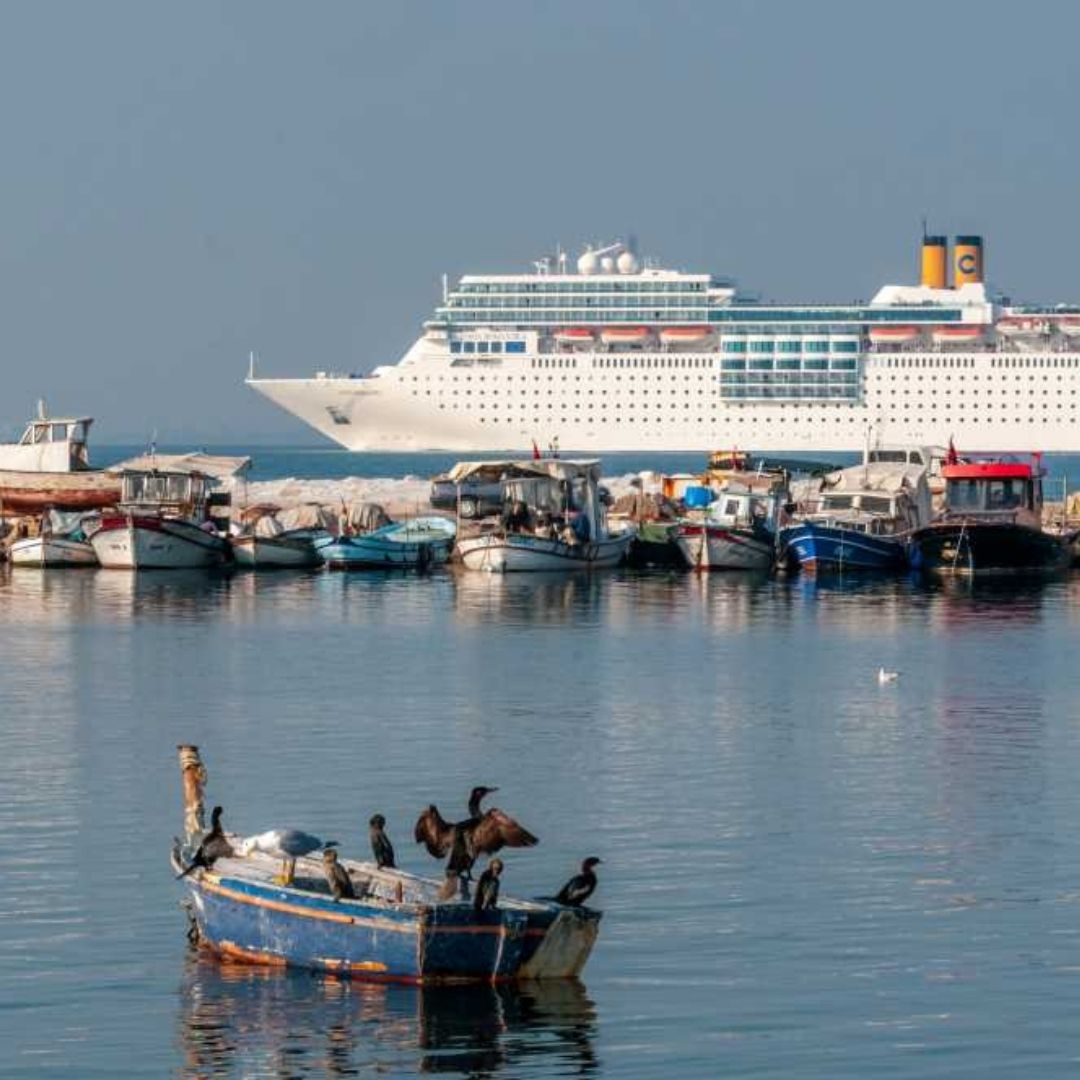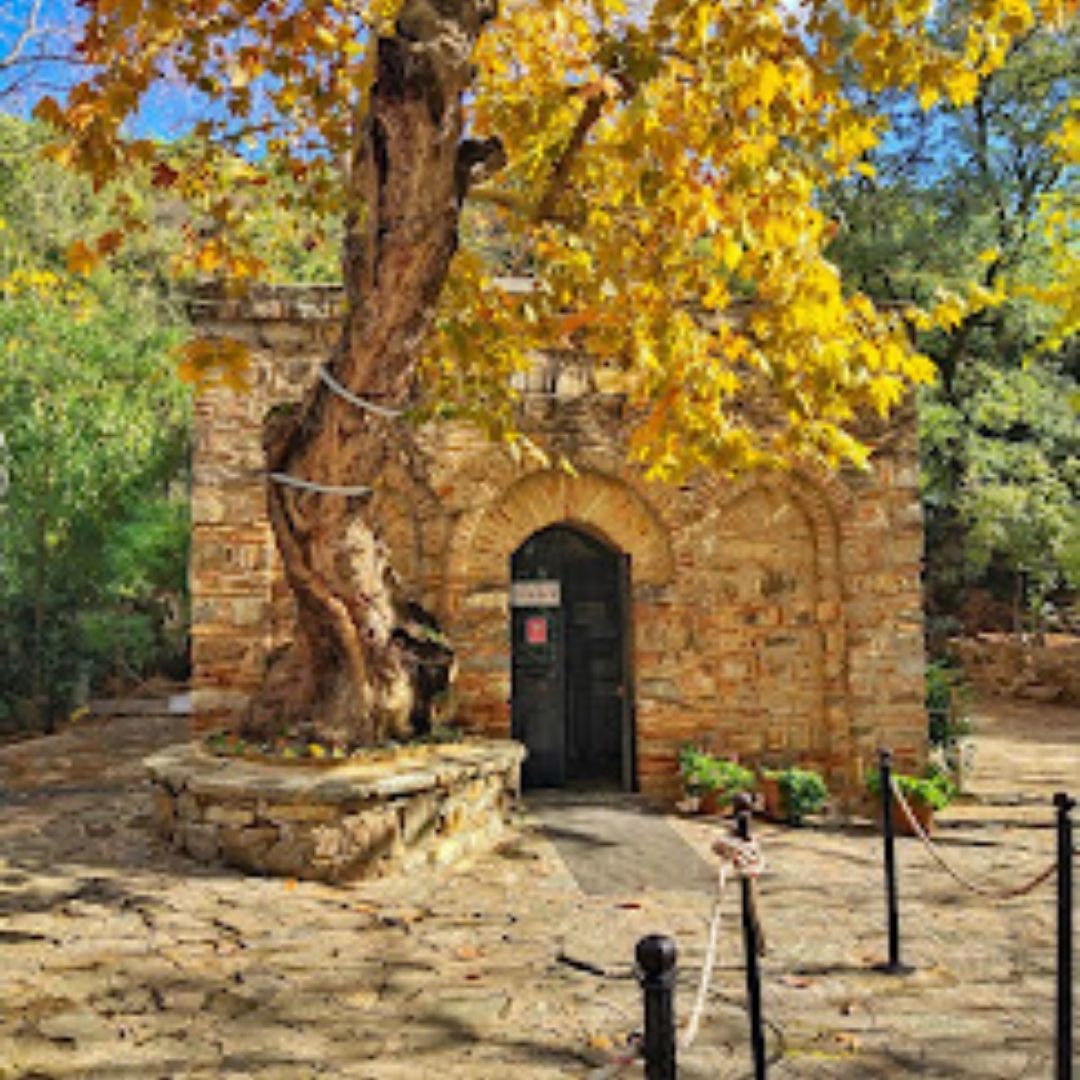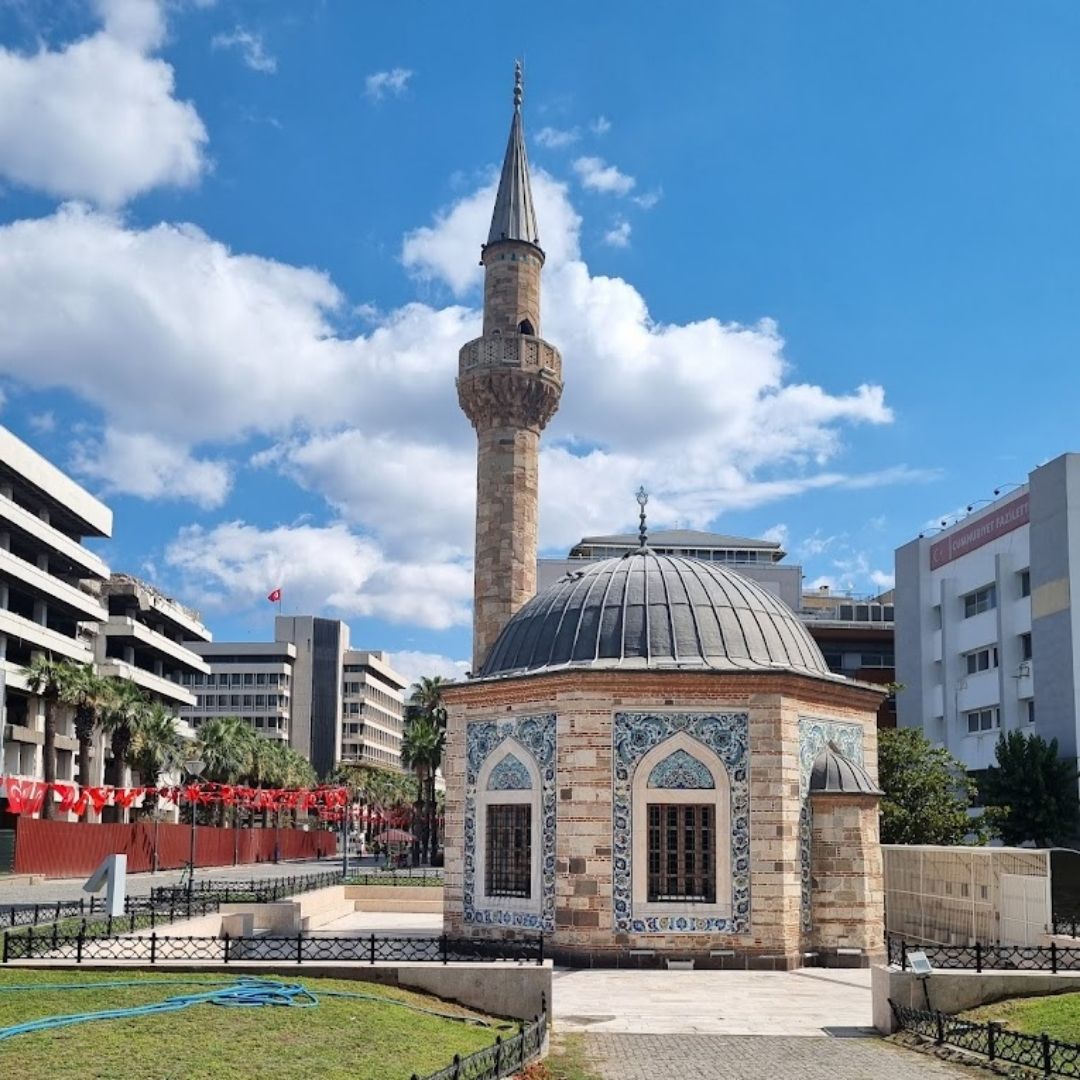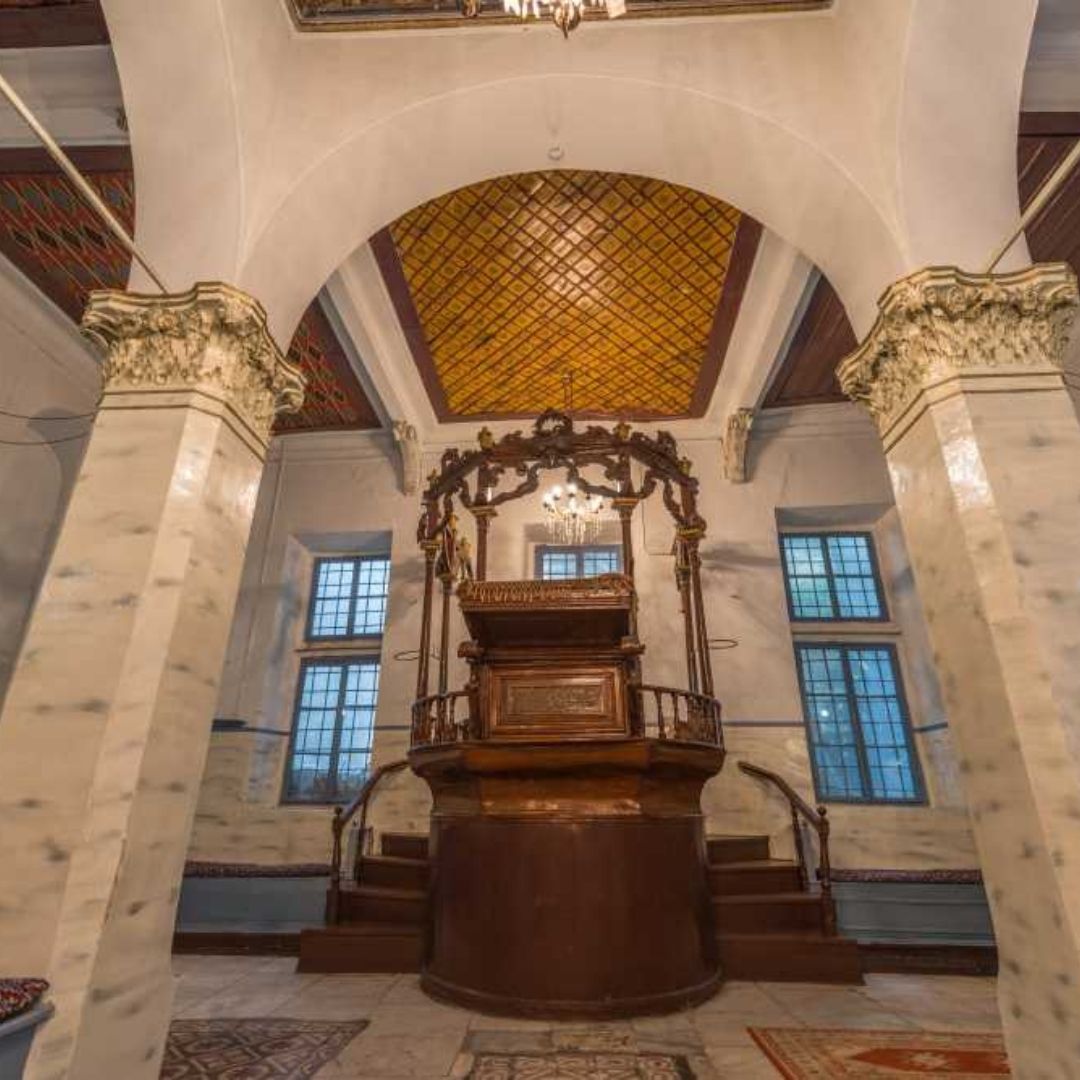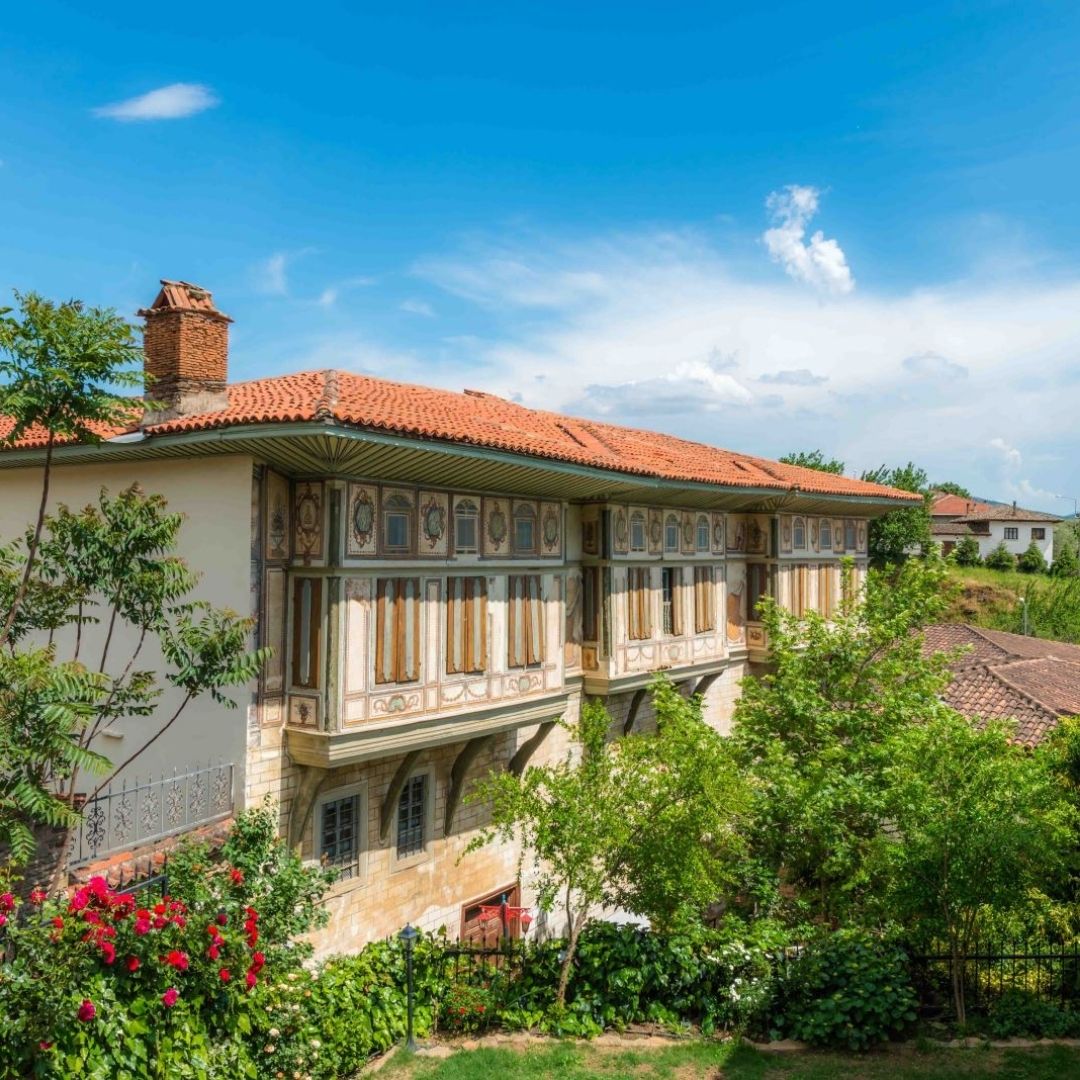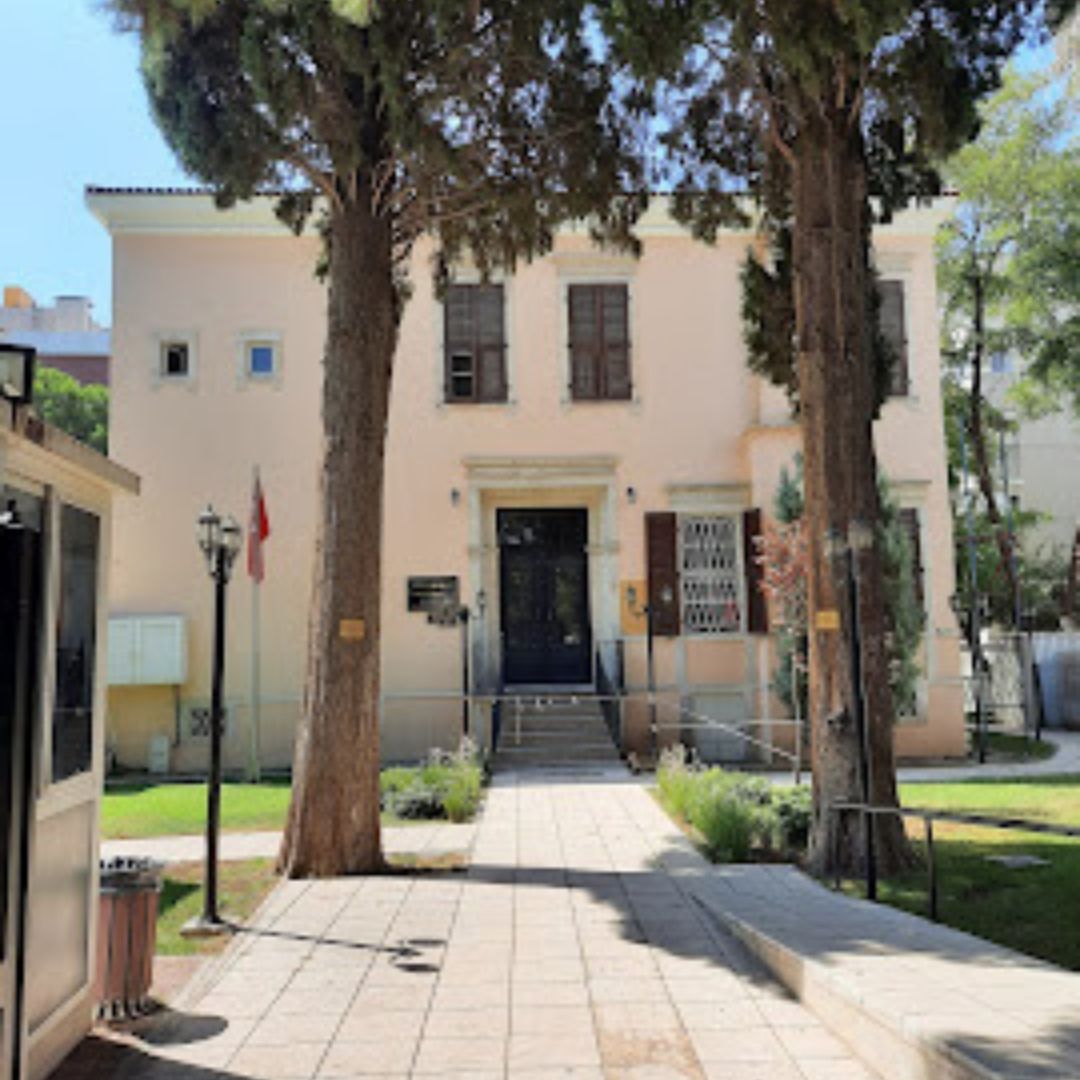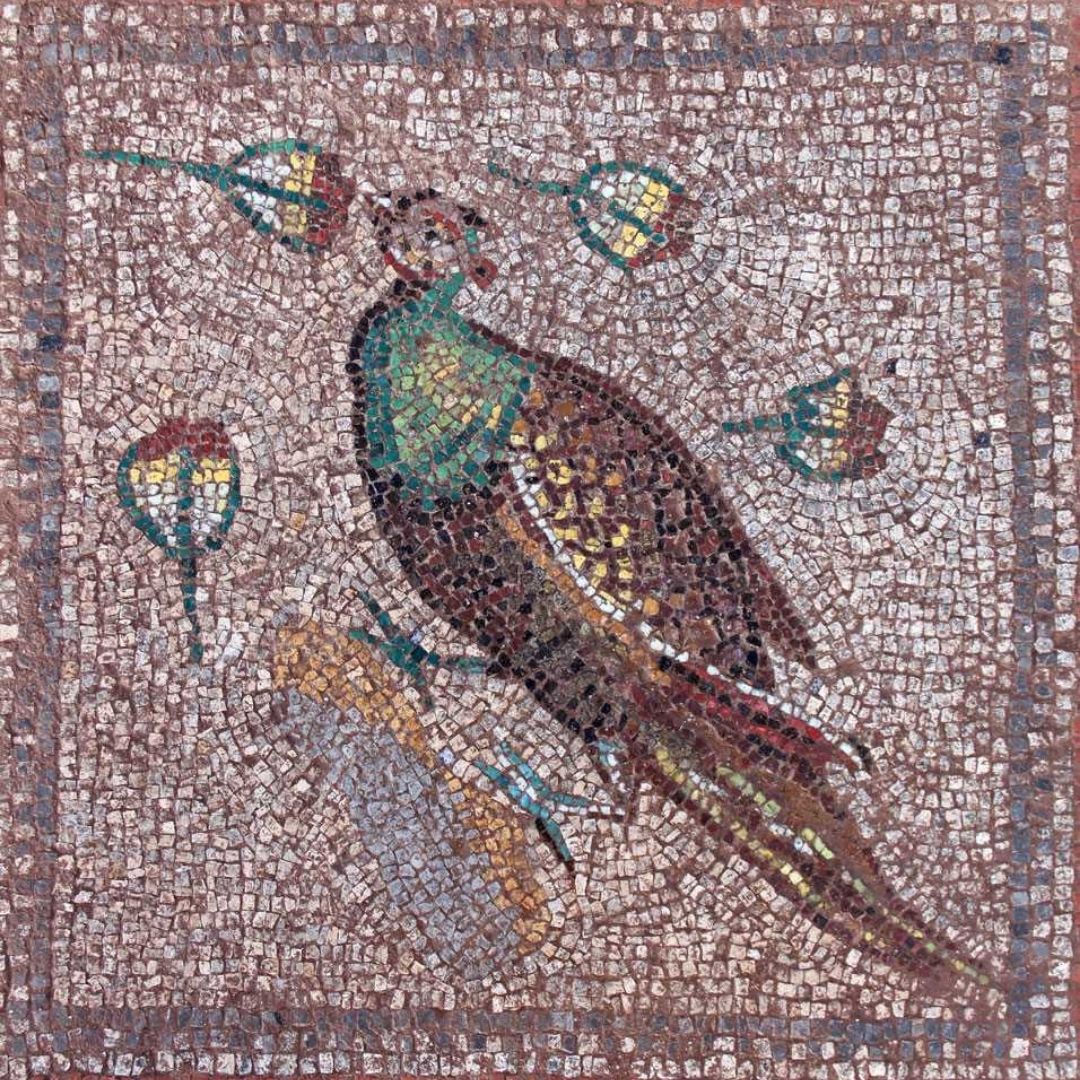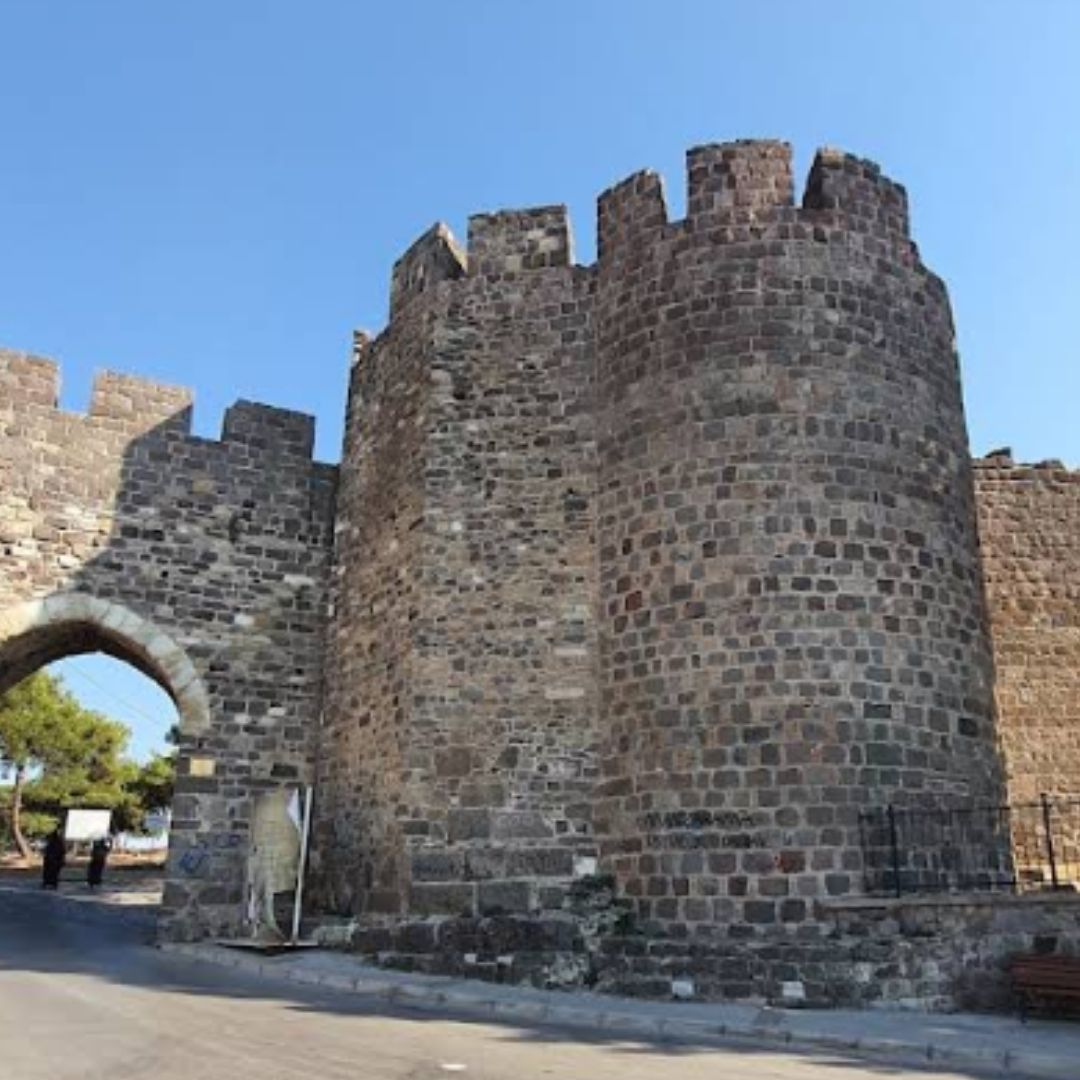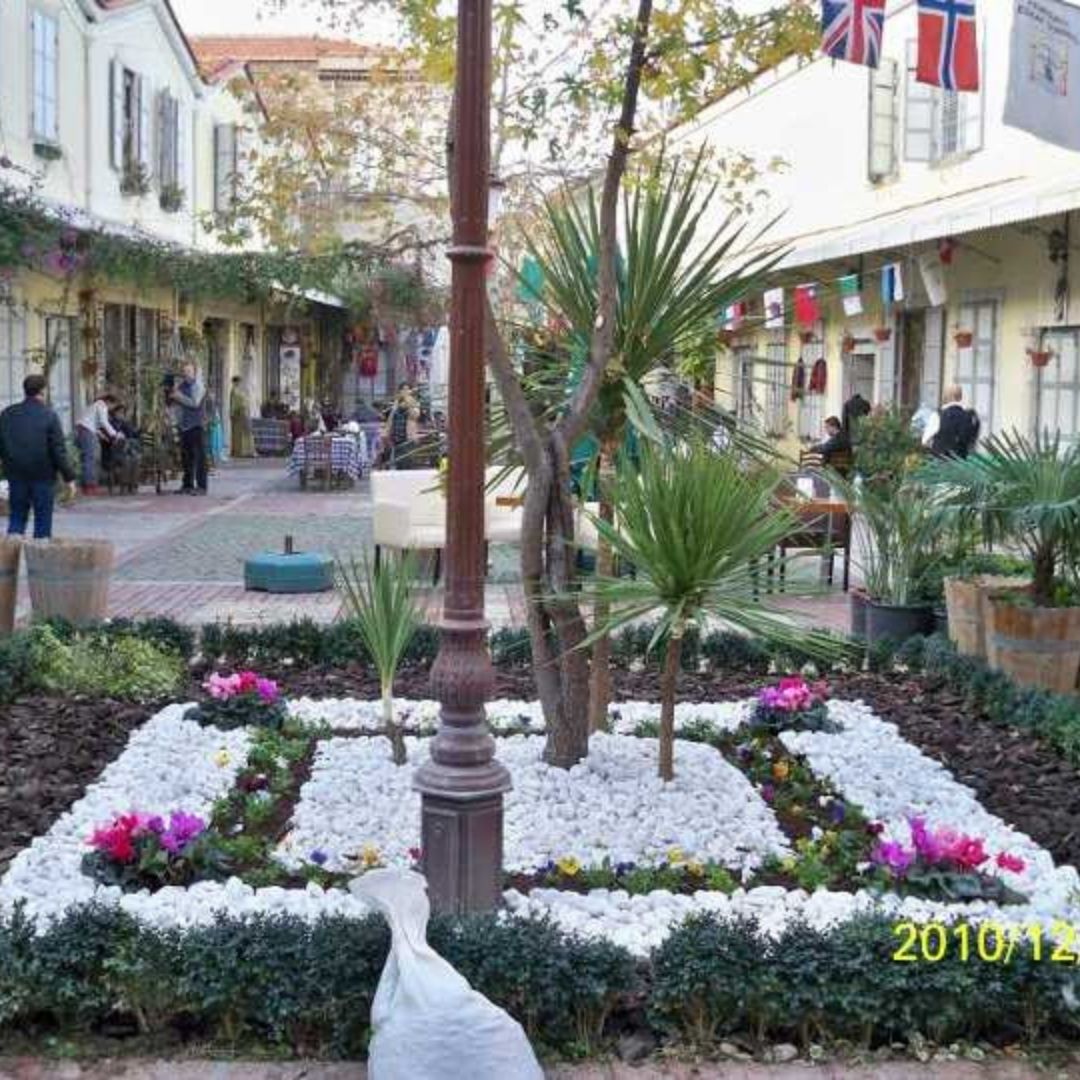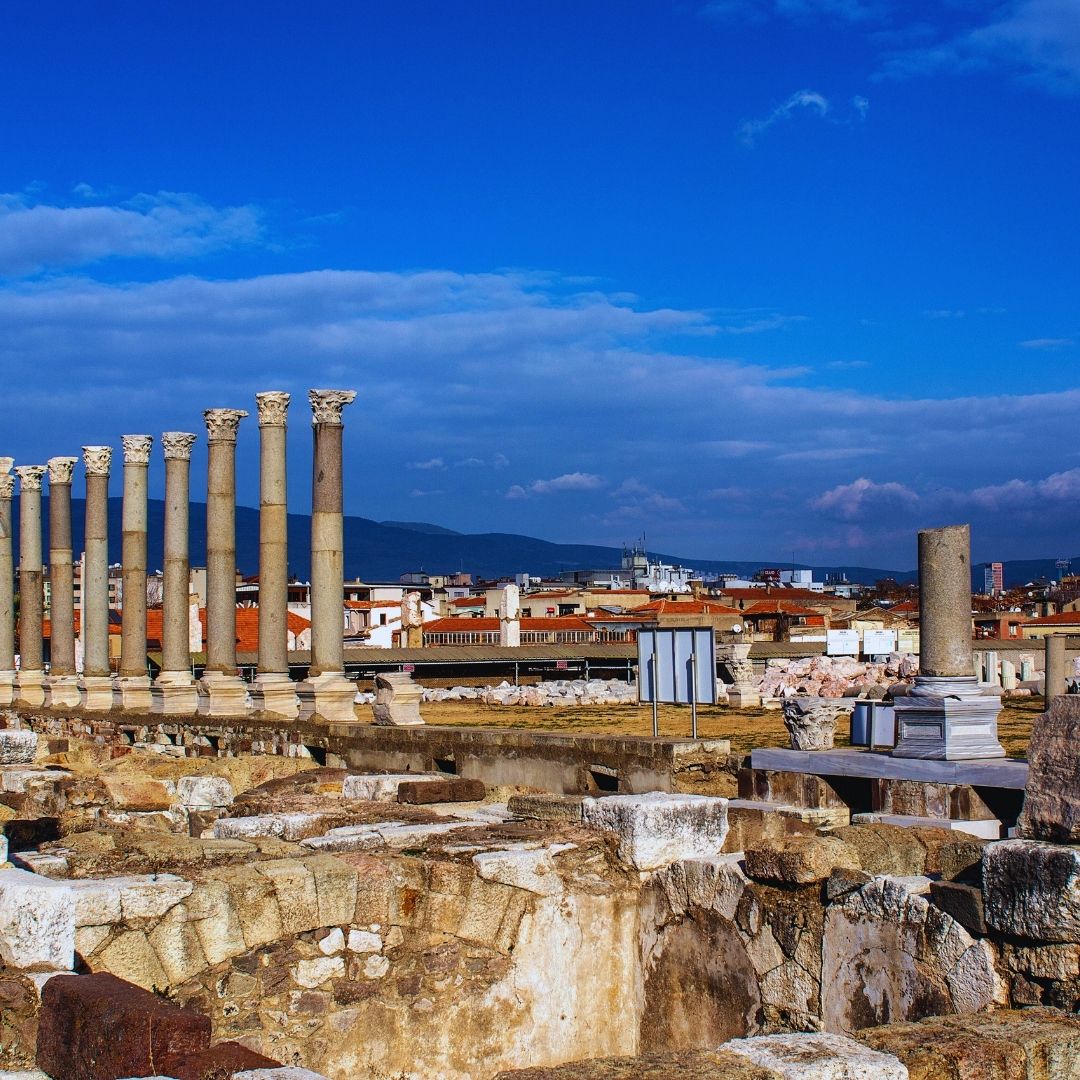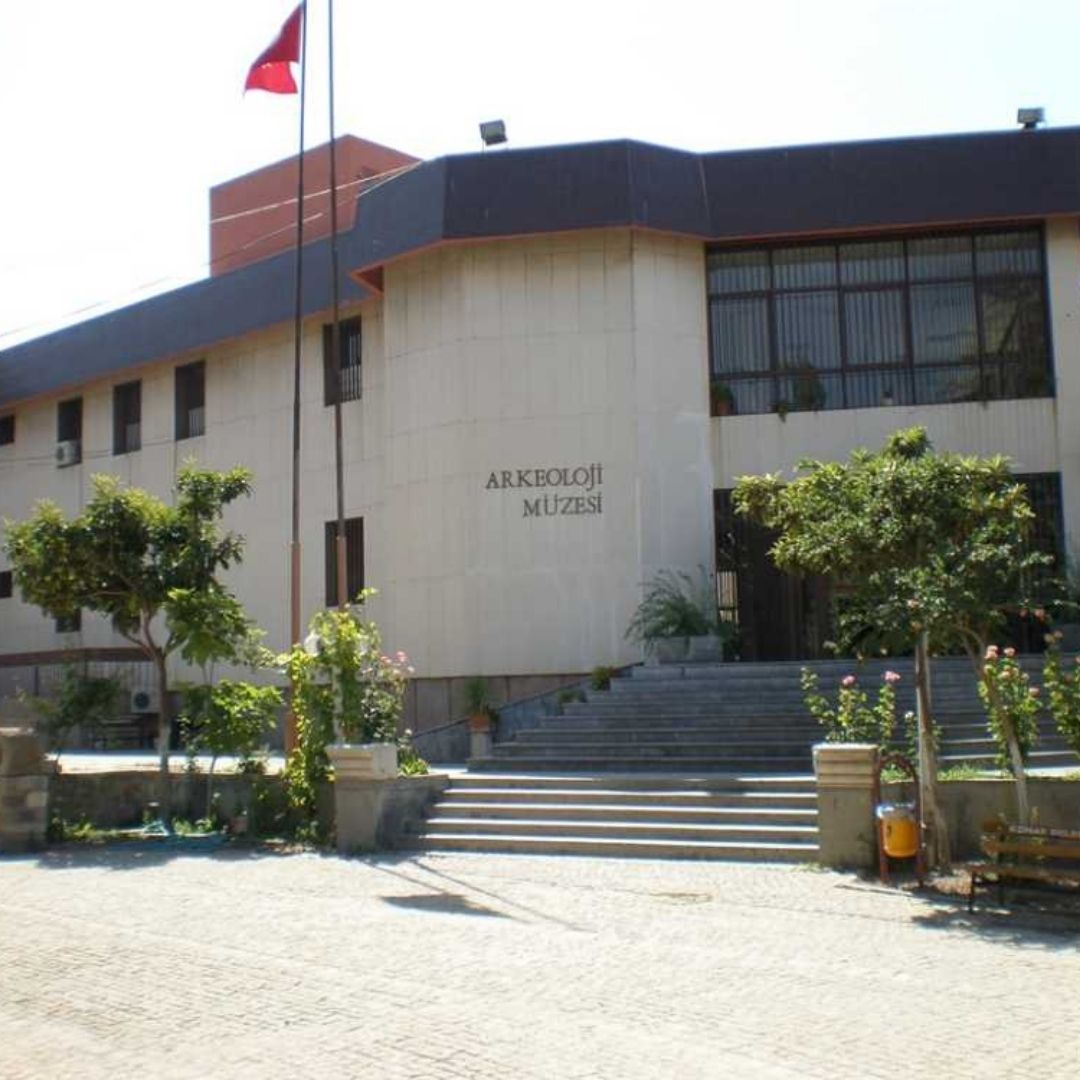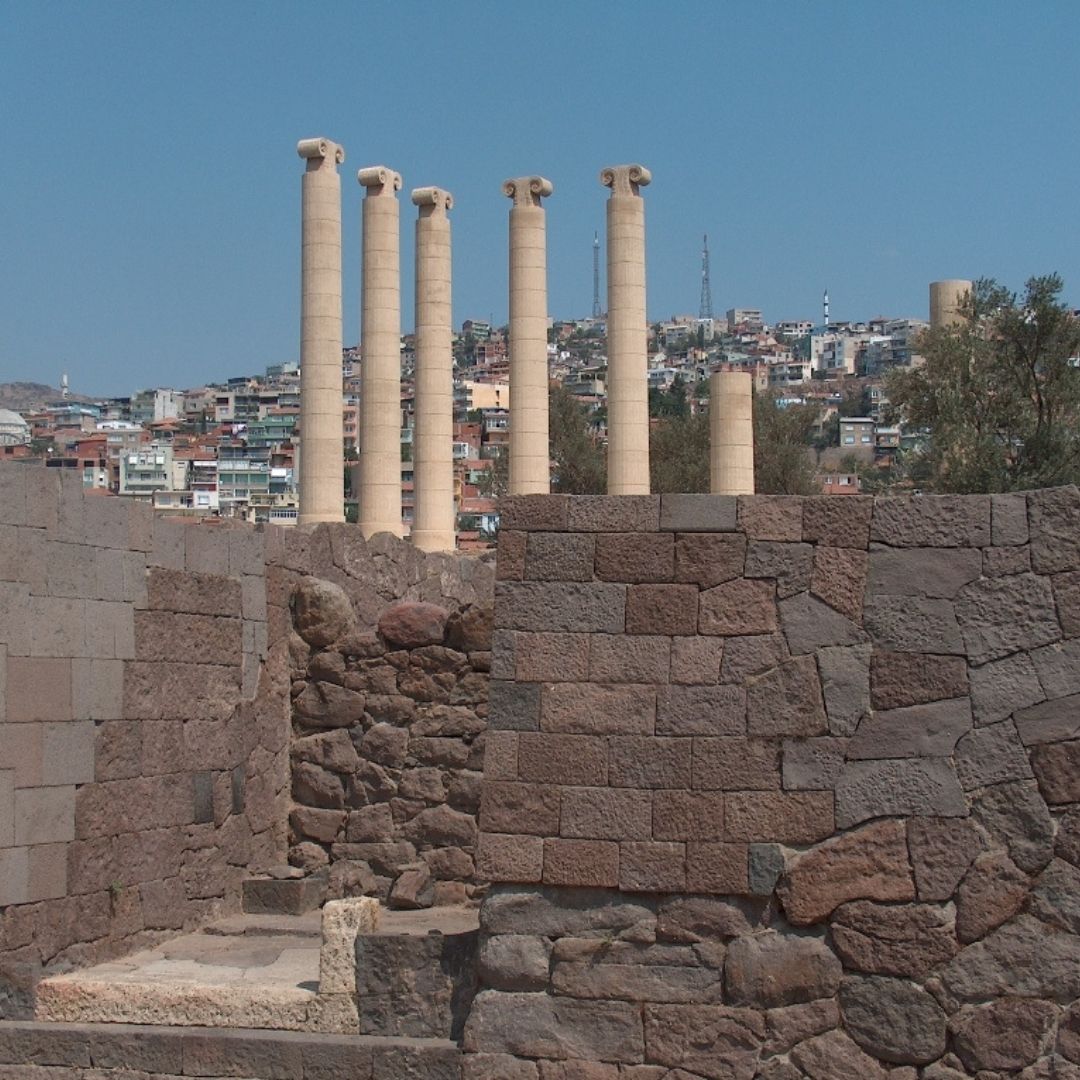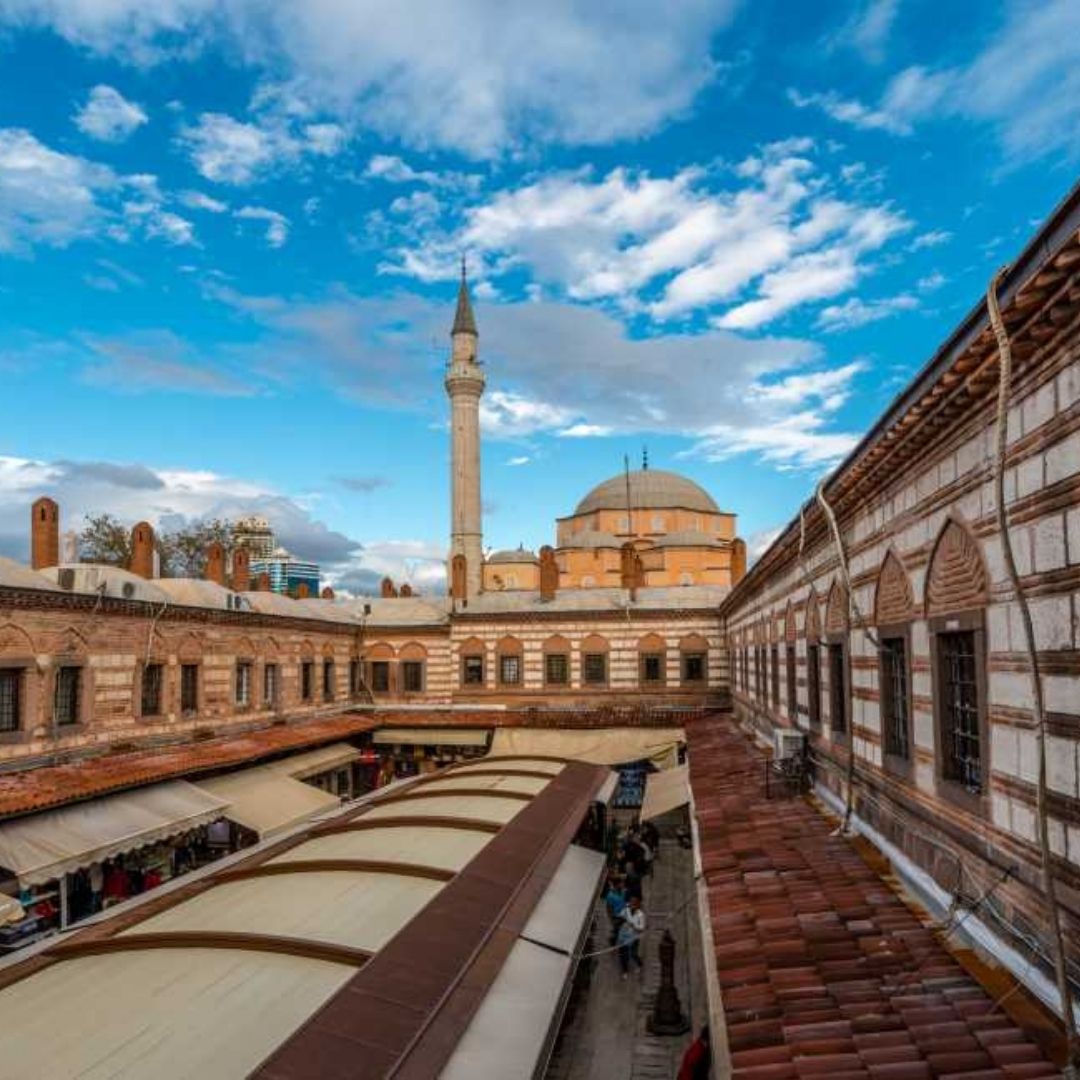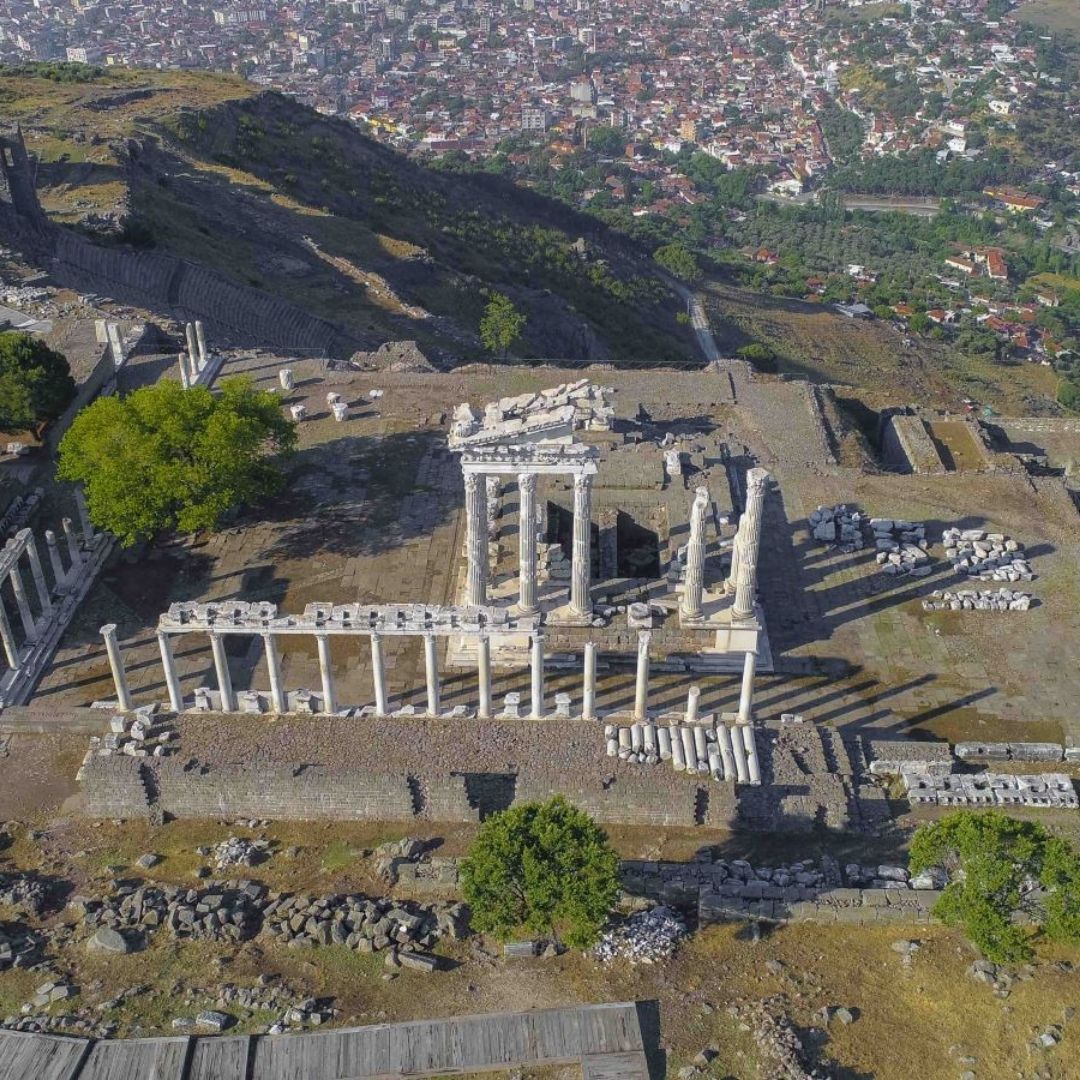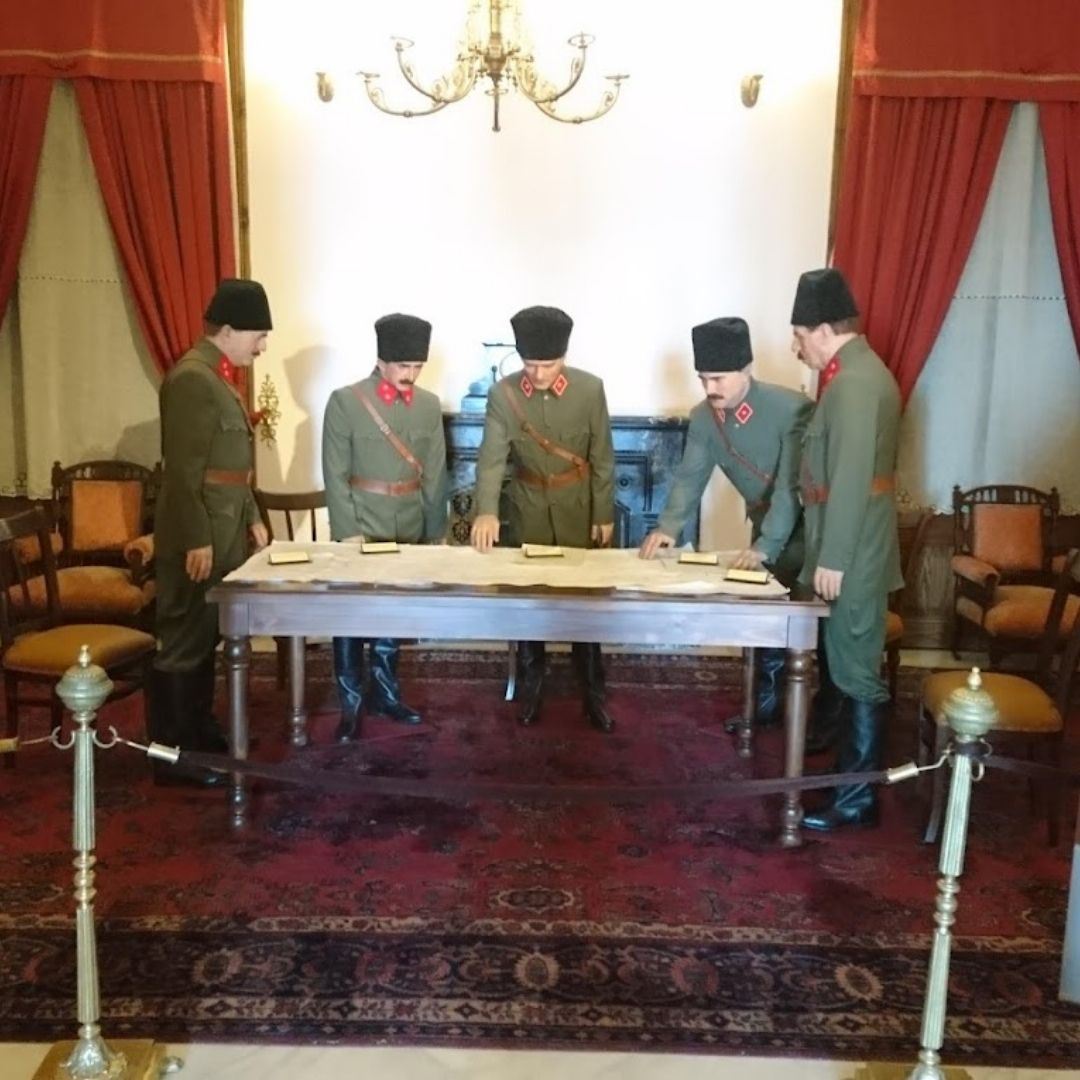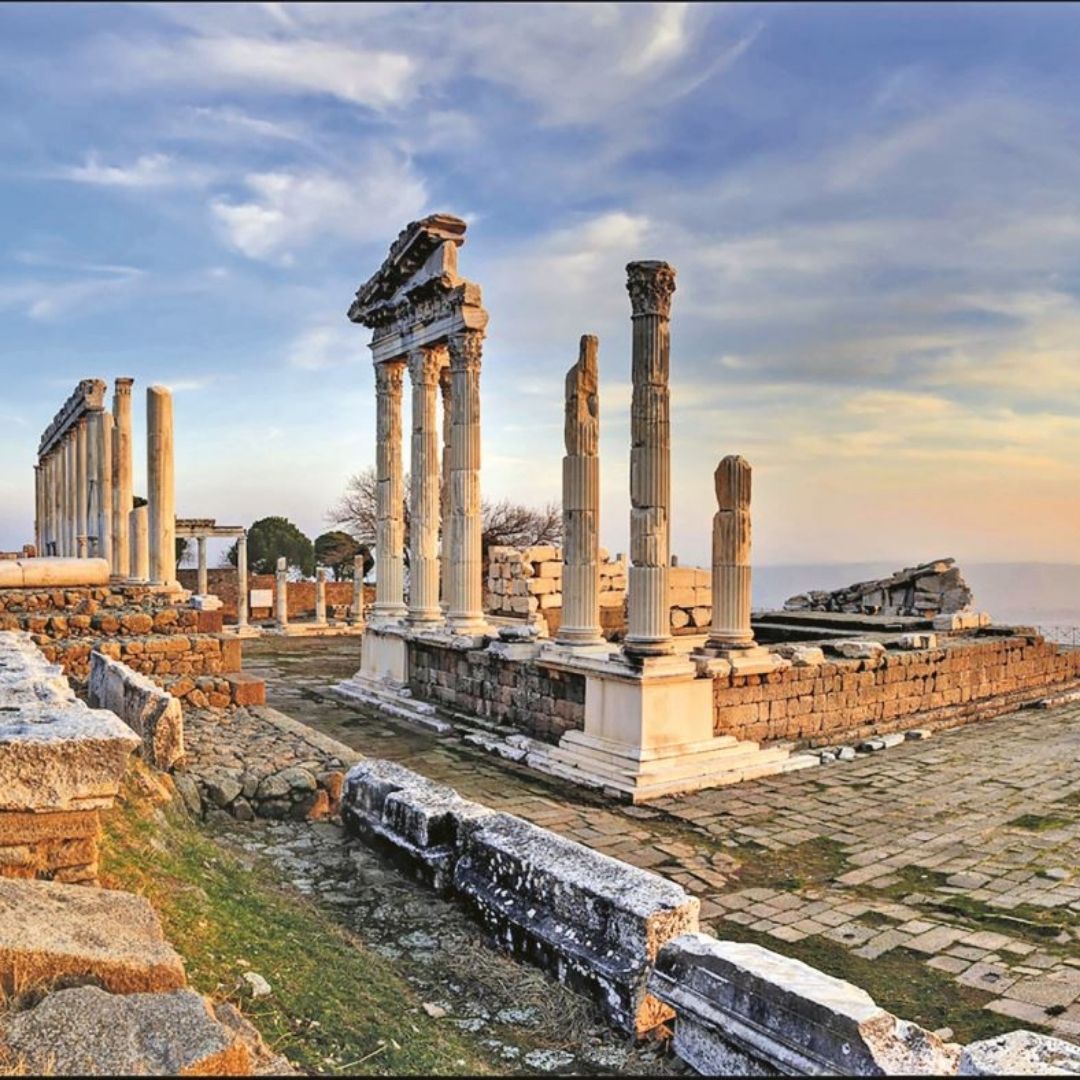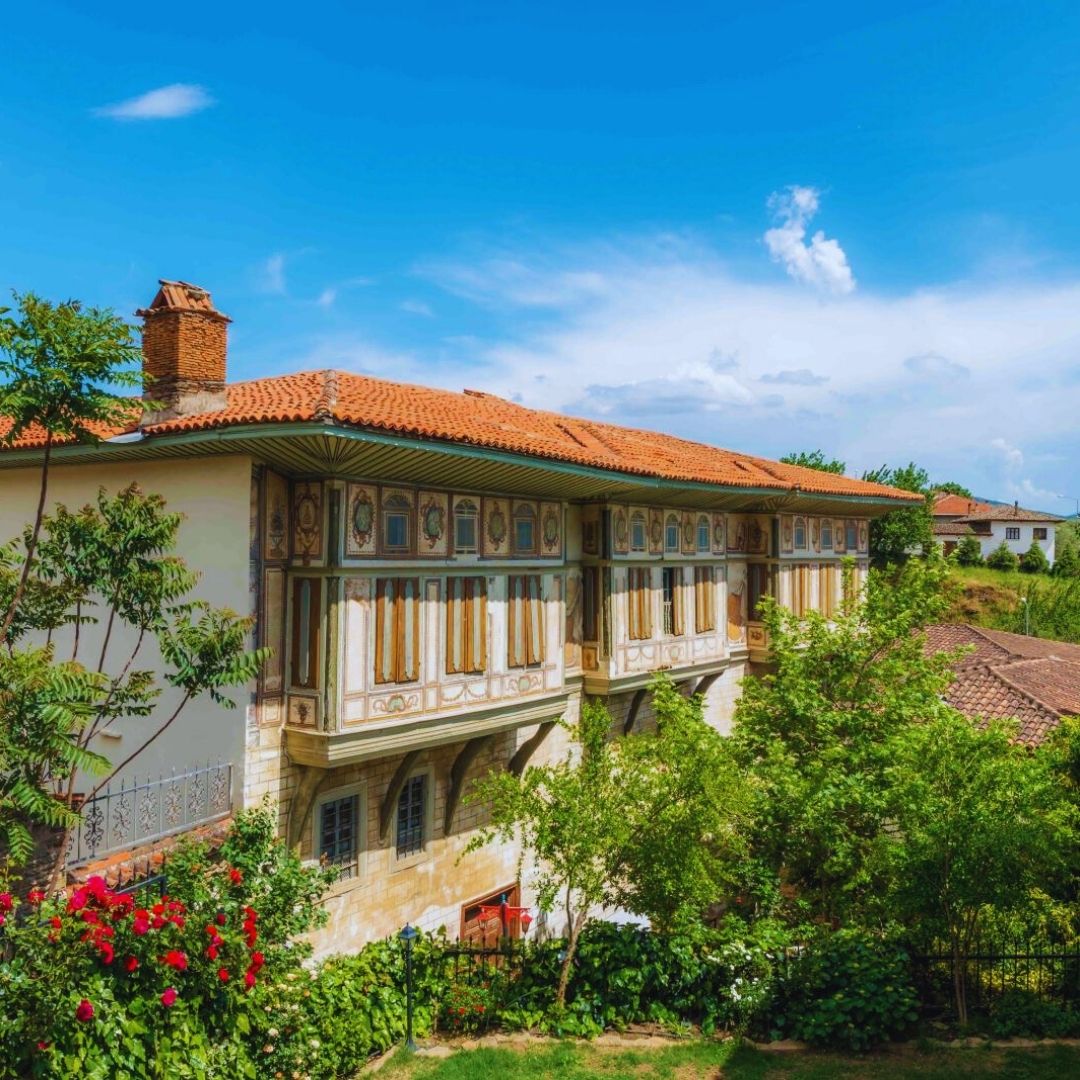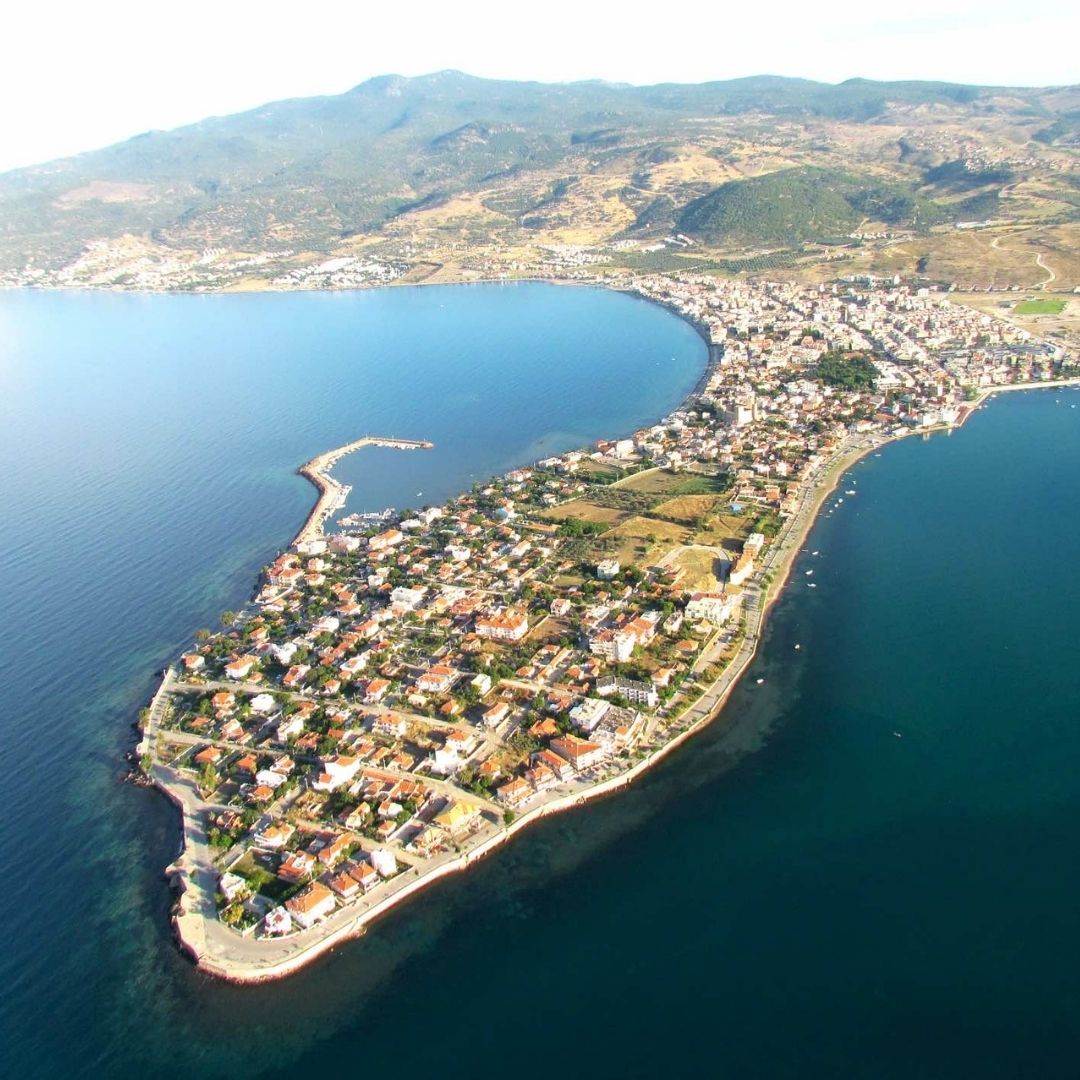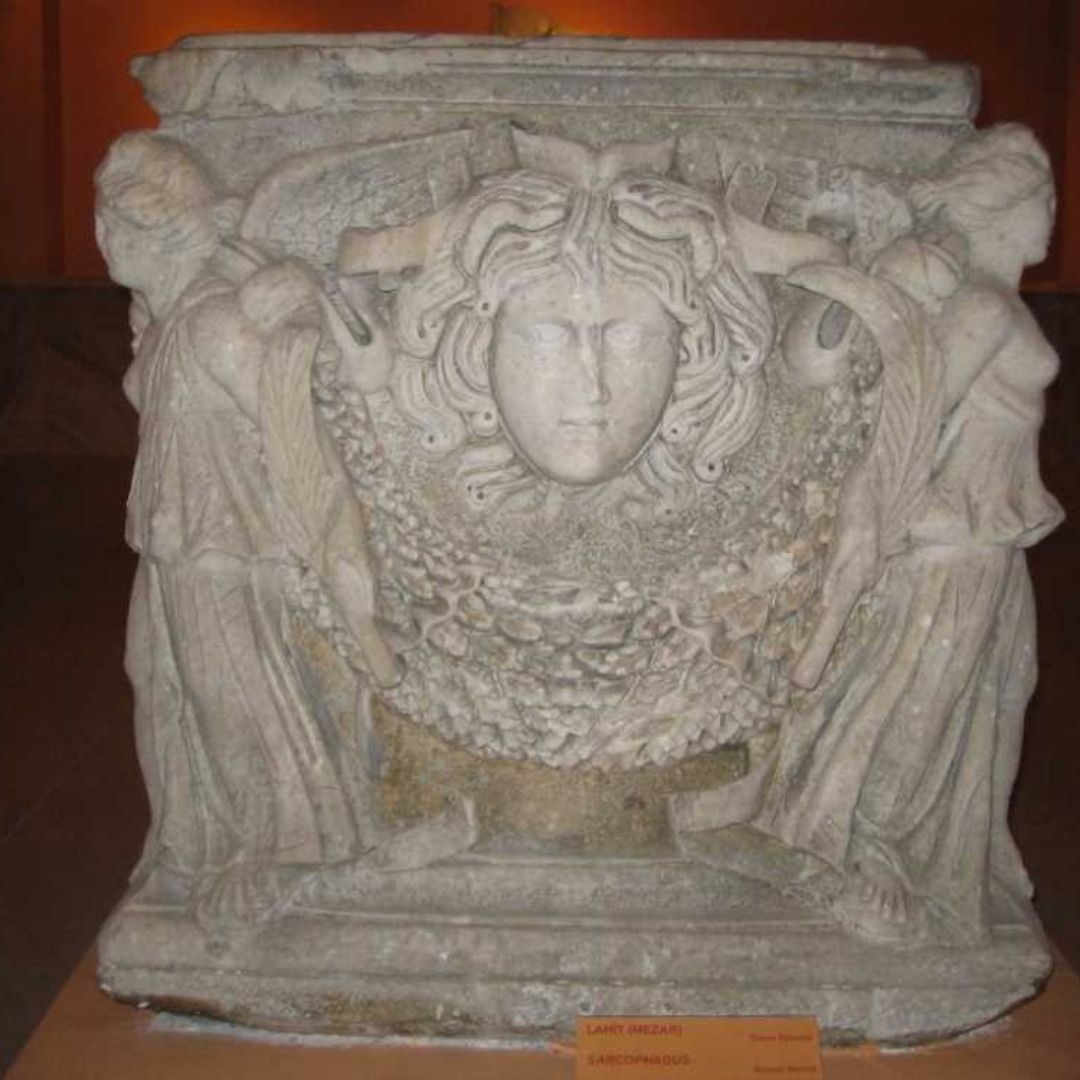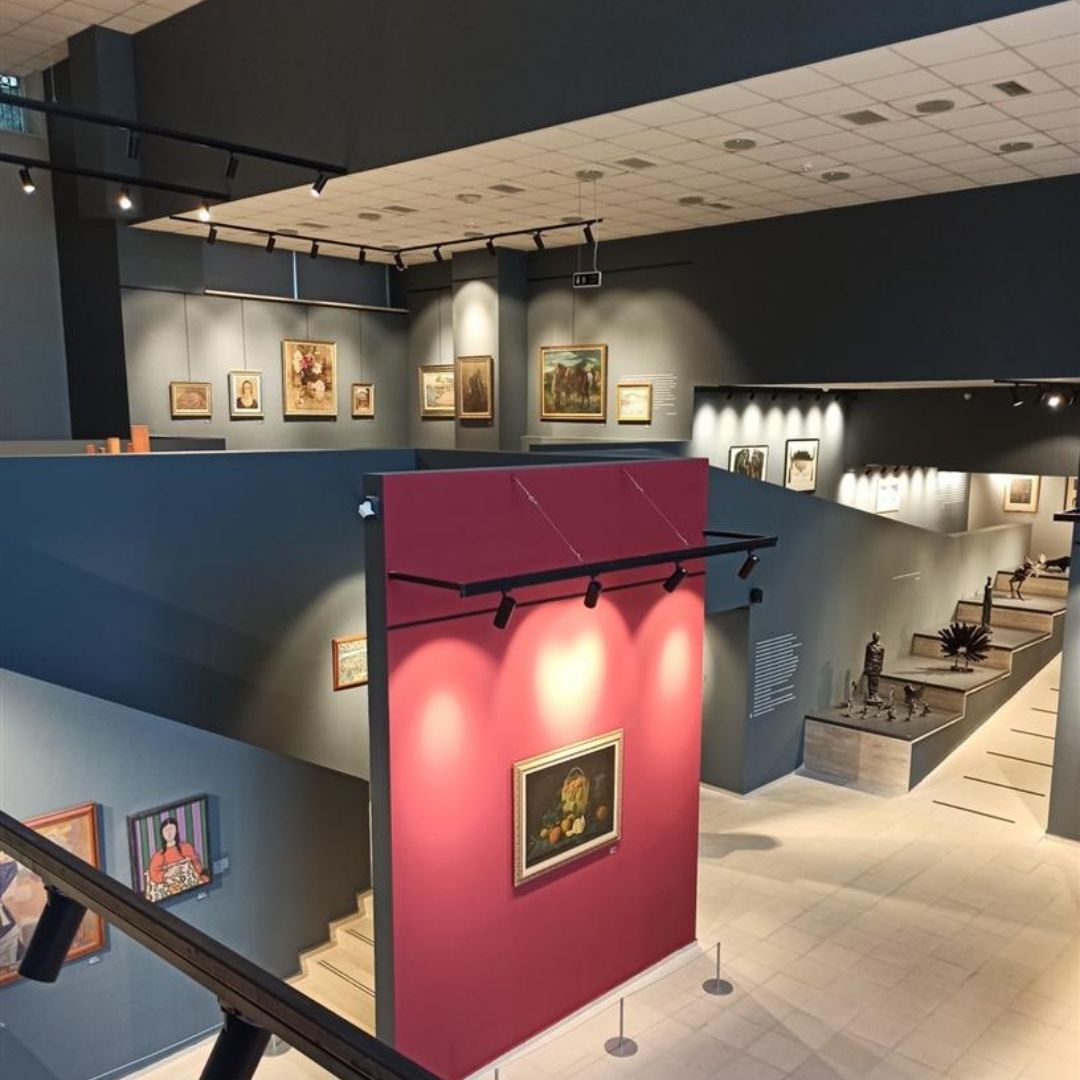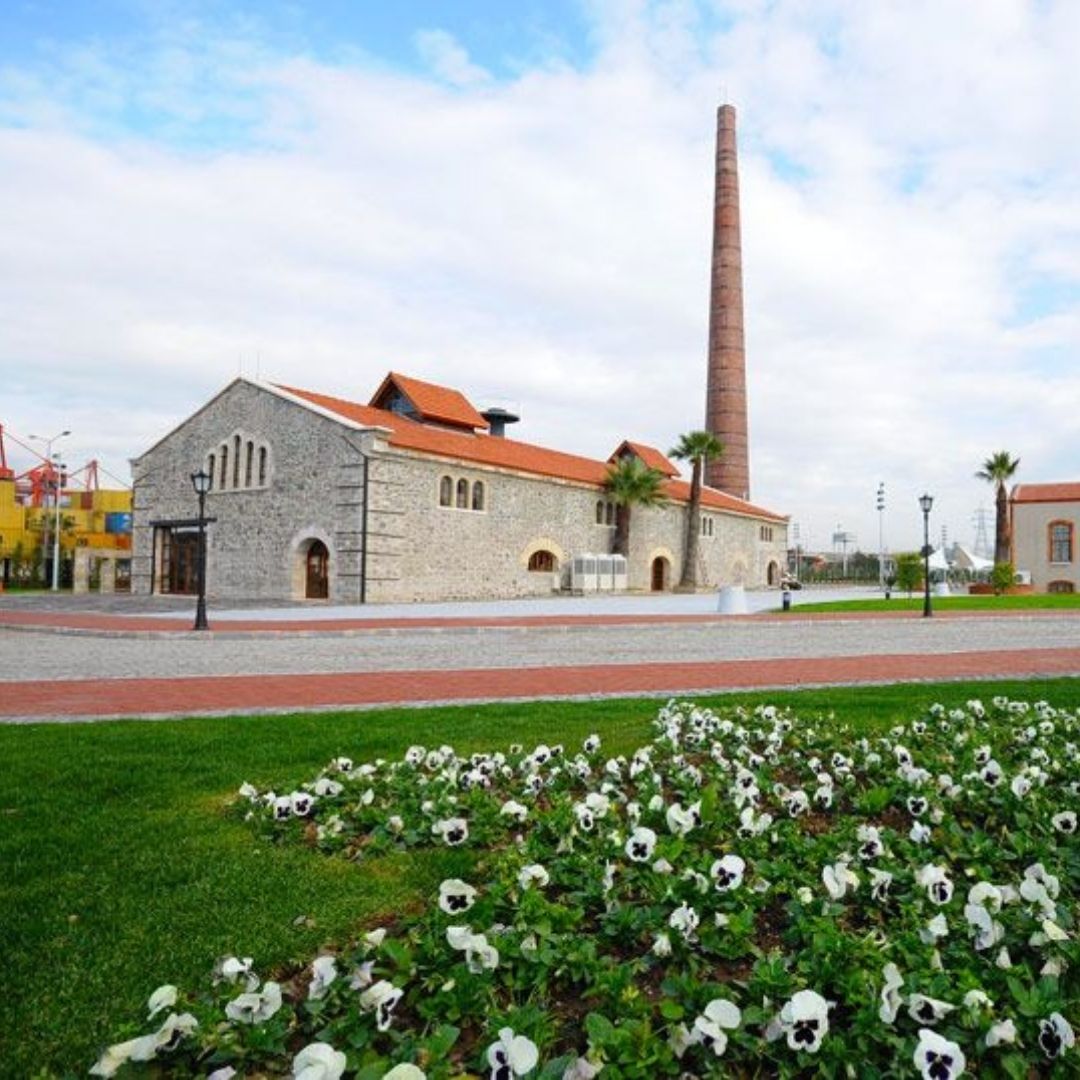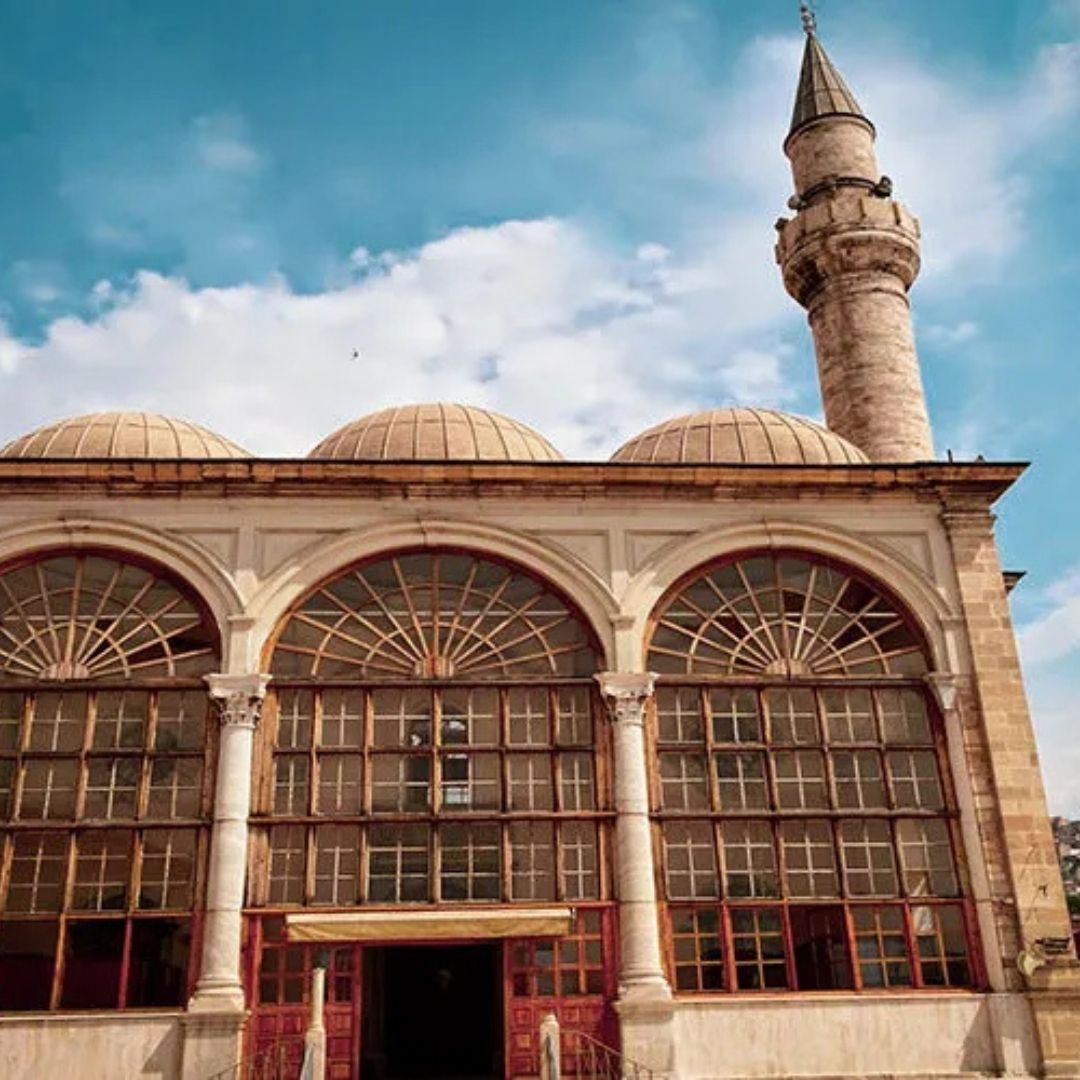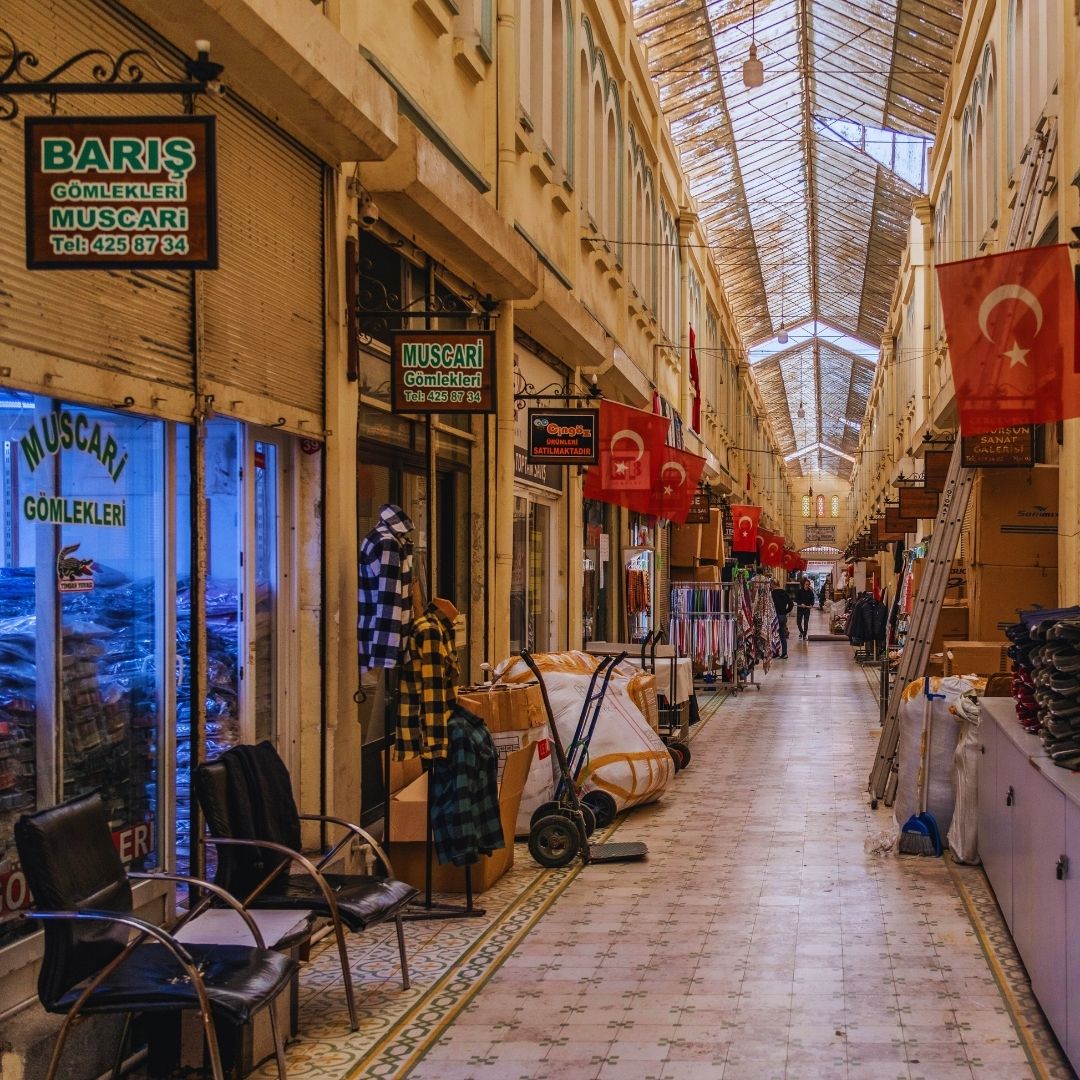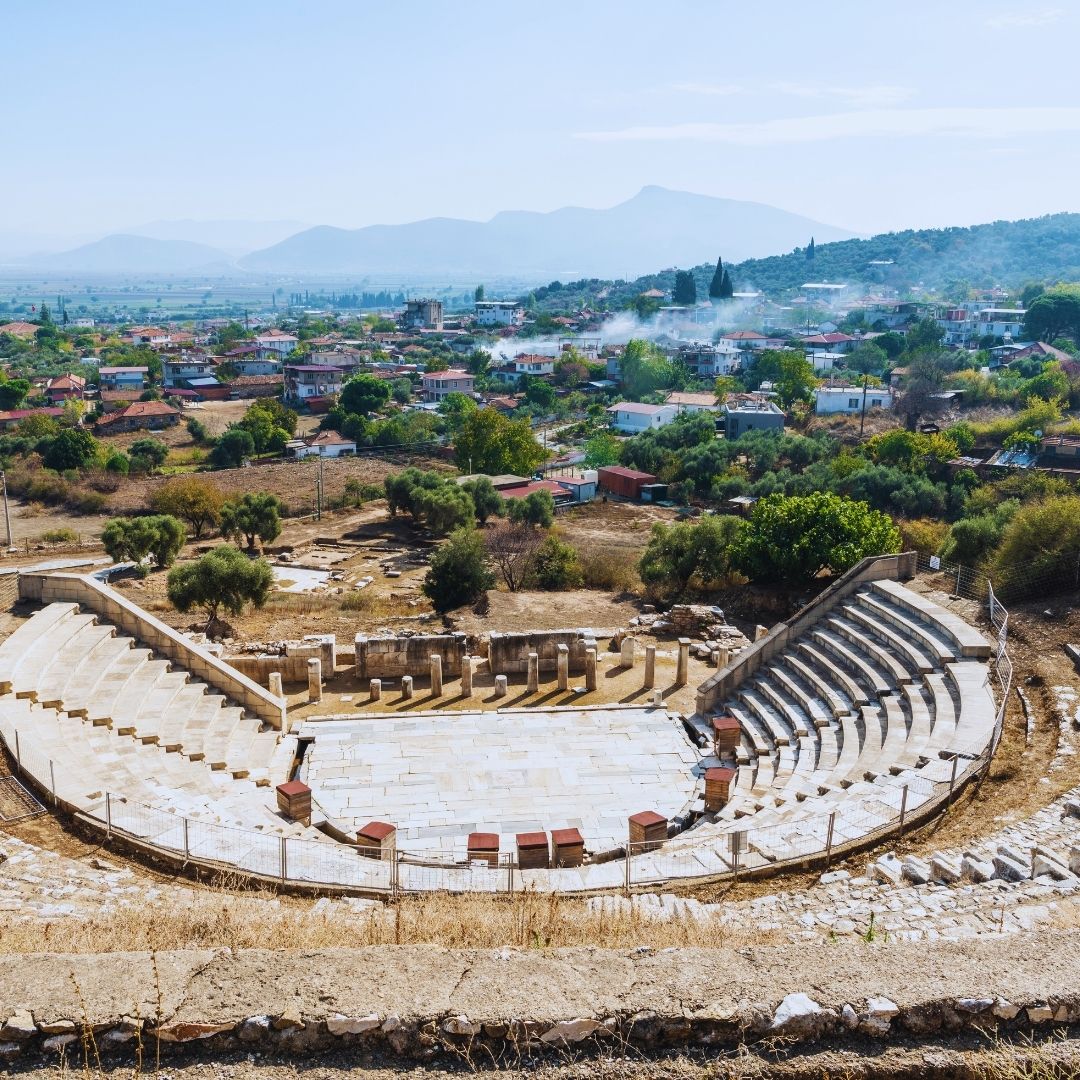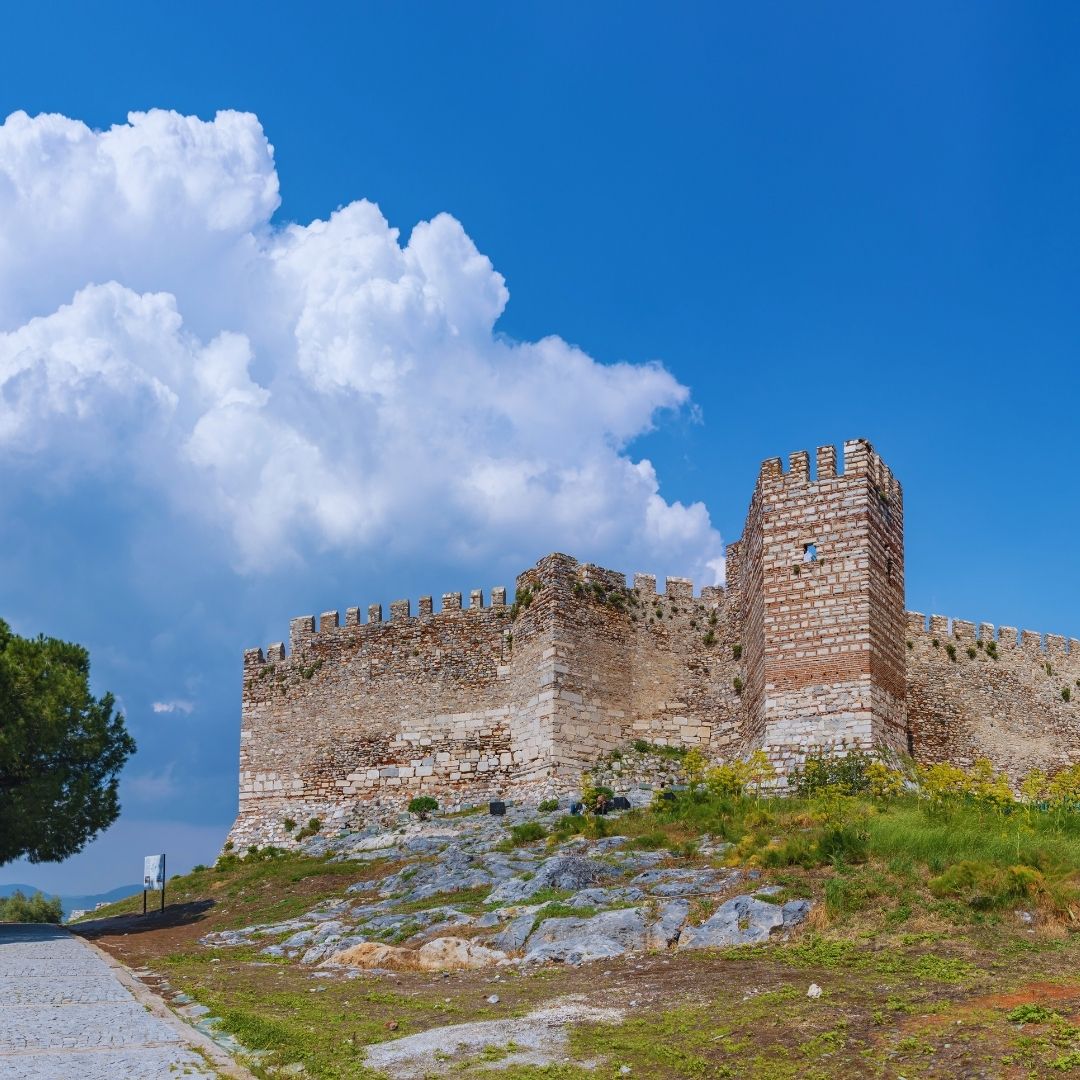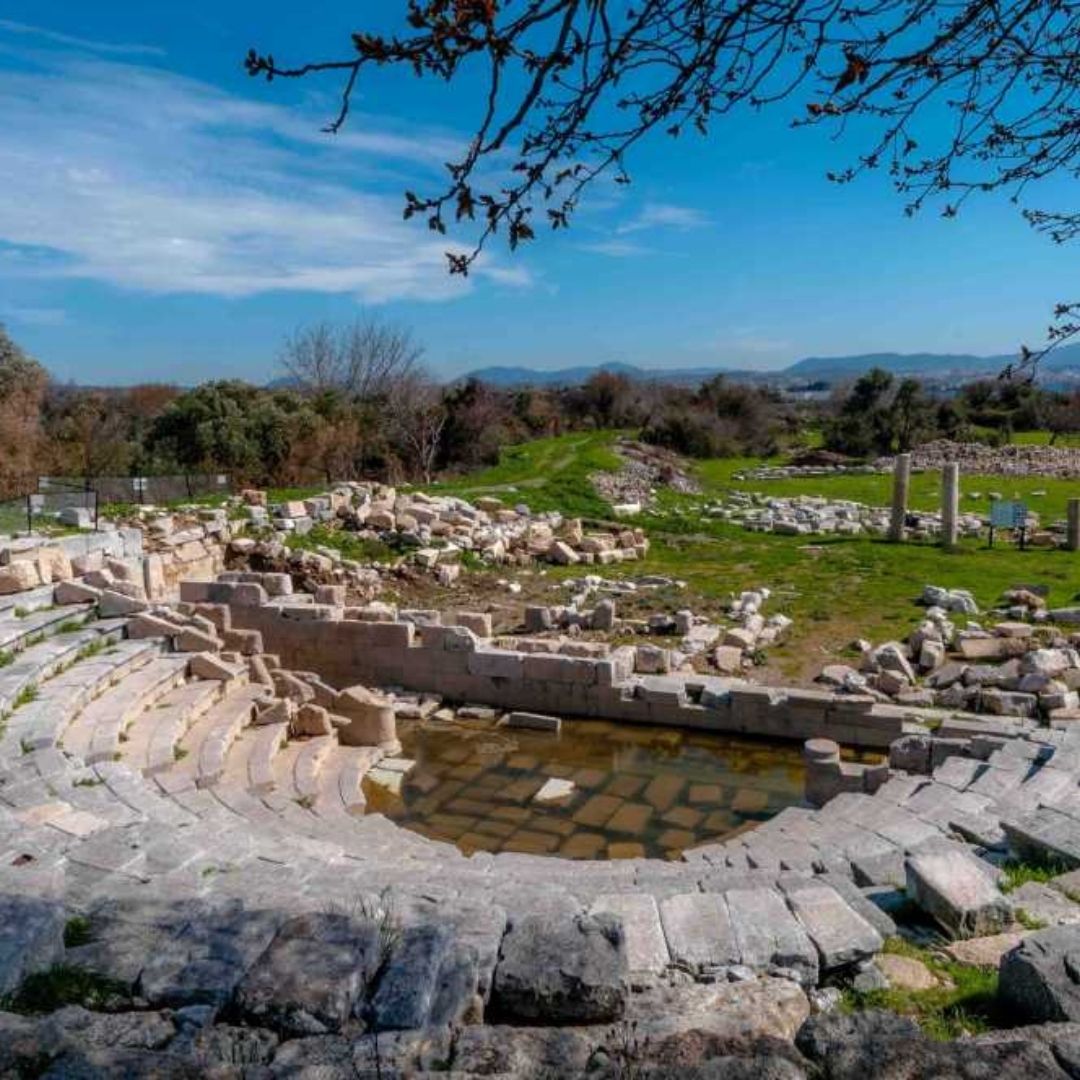Terrace Houses of Ephesus
Terrace Houses of Ephesus
Travel Point Overview
Nestled on the slopes of Mount Bülbül within the Ephesus Archaeological Site, the Terrace Houses offer a unique window into the luxurious domestic life of Roman-era Ephesians. Built on a series of terraces, these homes belonged to the city’s elite and are
🏛️ Terrace Houses of Ephesus – Elegant Roman Living on the Hillside
Nestled on the slopes of Mount Bülbül within the Ephesus Archaeological Site, the Terrace Houses offer a unique window into the luxurious domestic life of Roman-era Ephesians.
Built on a series of terraces, these homes belonged to the city’s elite and are among the best-preserved residential complexes from the Roman world.
🕰️ From Tombs to Townhouses
Before becoming an upscale residential zone during the Roman period, the area where the Terrace Houses now stand was used as a cemetery during the Hellenistic era.
The houses were first built in the 1st century AD, and continued to be occupied—with various modifications—until the city was eventually abandoned. Their design reflects the Hippodamian grid plan, introduced during the city’s restructuring under Lysimachus, ruler of Ephesus in the Hellenistic period.
🏠 Architecture & Layout
Today, visitors can explore seven individual homes, with the oldest dating back to the reign of Emperor Augustus. Though their exteriors are simple, the interiors are richly decorated, following the Roman tradition of peristyle houses, which feature:
- 🏛️ A central open-air courtyard, surrounded by rooms
- 🪟 Large windows for ventilation and light
- 🛋️ Living rooms, dining areas, kitchens, and latrines on the lower floors
- 🛏️ Bedrooms on the upper floors
- 🛁 Advanced heating systems similar to Roman baths
- 🚰 Access to hot and cold water via indoor fountains and clay pipe systems
- ⛲ Wells with marble lids and built-in water collection systems
- 🚽 Functional toilets with underground sewage channels
🎨 Mosaics, Frescoes & Roman Aesthetics
The walls and floors of the Terrace Houses are adorned with stunning decorative elements, including:
- 🖼️ Mosaics in black-and-white or colored geometric patterns, and scenes from mythology
- 🎨 Frescoes depicting:
- Muses and Eros figures
- Birds, fish, and daily life
- Theater scenes and symbolic imagery
- 🧱 Use of marble, stone, and brick with both interior and exterior plastering
These elements highlight the refined taste and artistic sophistication of Ephesus’s wealthy residents.
🗿 Treasures Discovered
Excavations in the Terrace Houses have uncovered thousands of everyday and decorative items:
- 👑 Busts of emperors, empresses, and philosophers
- 💍 Jewelry and children’s toys
- 🧴 Medical tools, cosmetic items, perfume bottles
- 🕯️ Oil lamps made of bronze, ivory, glass, and terracotta
- 🍽️ Household ceramics and luxury utensils
Each artifact tells a story of daily life, wealth, and culture in ancient Ephesus.
🎫 Visiting Information
📍 Address: Atatürk Mahallesi, Uğur Mumcu Sevgi Yolu No: 26, 35920 Selçuk / İzmir
- 🎟️ Entrance with Museum Card: 200 TL
- 🌍 Foreign visitors must pay:
- 40€ for general Ephesus entrance
- Plus an additional 15€ for Terrace Houses access
- This section is a separately ticketed area within the Ephesus site, under special protection
📲 Explore with Advisormapp
Make the most of your visit to Ephesus and the Terrace Houses using the Advisormapp mobile app:
- 🗺️ On-site navigation and route suggestions
- 🎧 Multilingual audio guides, including English
- 🖼️ Insight into mosaics, architecture, and historical context
- 🍽️ Nearby cafés, restaurants, and artisan shops listed and reviewed
🌍 More info: www.advisormapp.com
🏛️ A Glimpse into Roman Luxury
The Terrace Houses of Ephesus reveal not only architectural brilliance but also the comfort, elegance, and technological advancement of Roman urban life.
More than ruins — they are living spaces frozen in time.
When you walk among their walls, you’re not just seeing history — you’re walking through someone’s home from 2,000 years ago.
Don't leave Ephesus without stepping into its most intimate treasure.
🏛️✨


